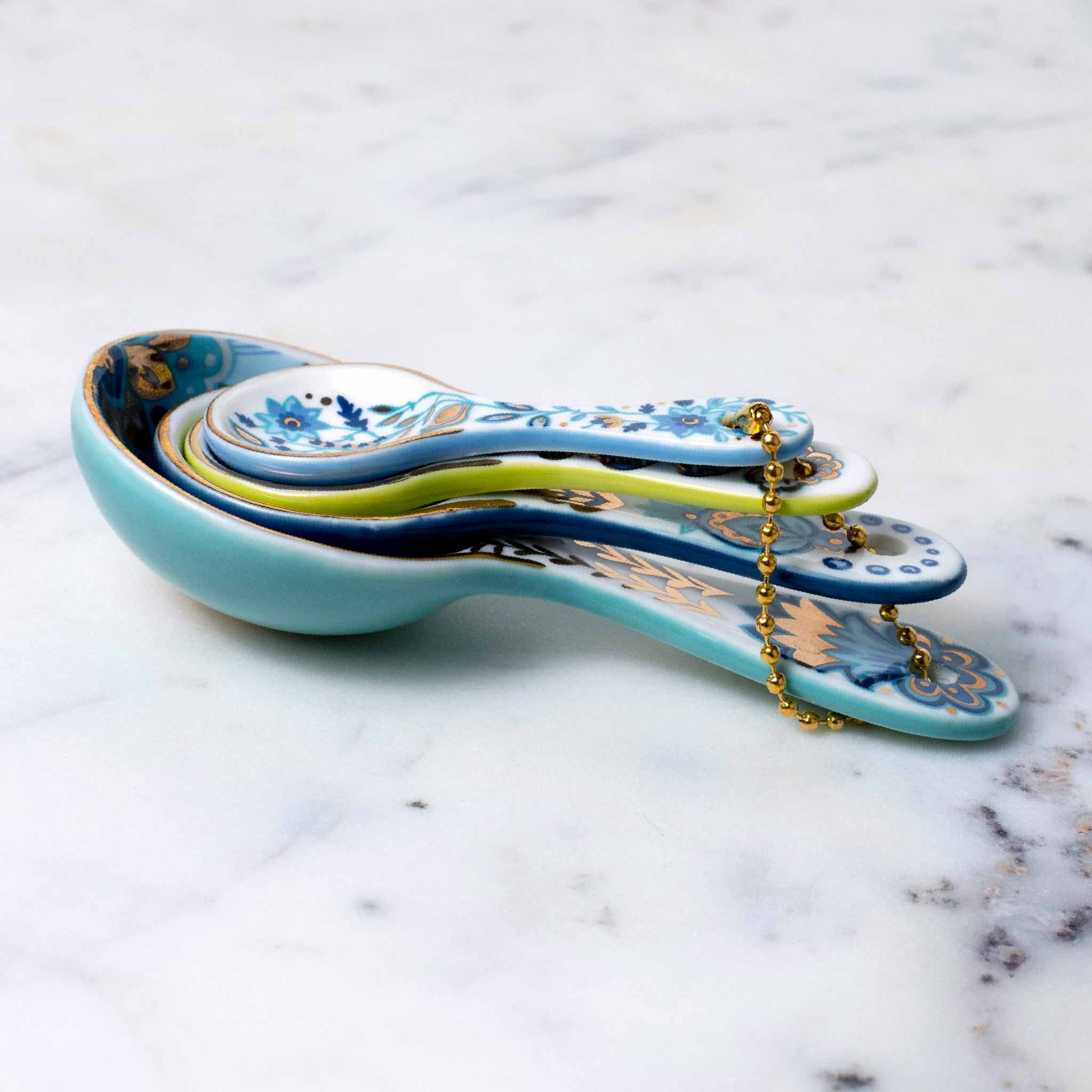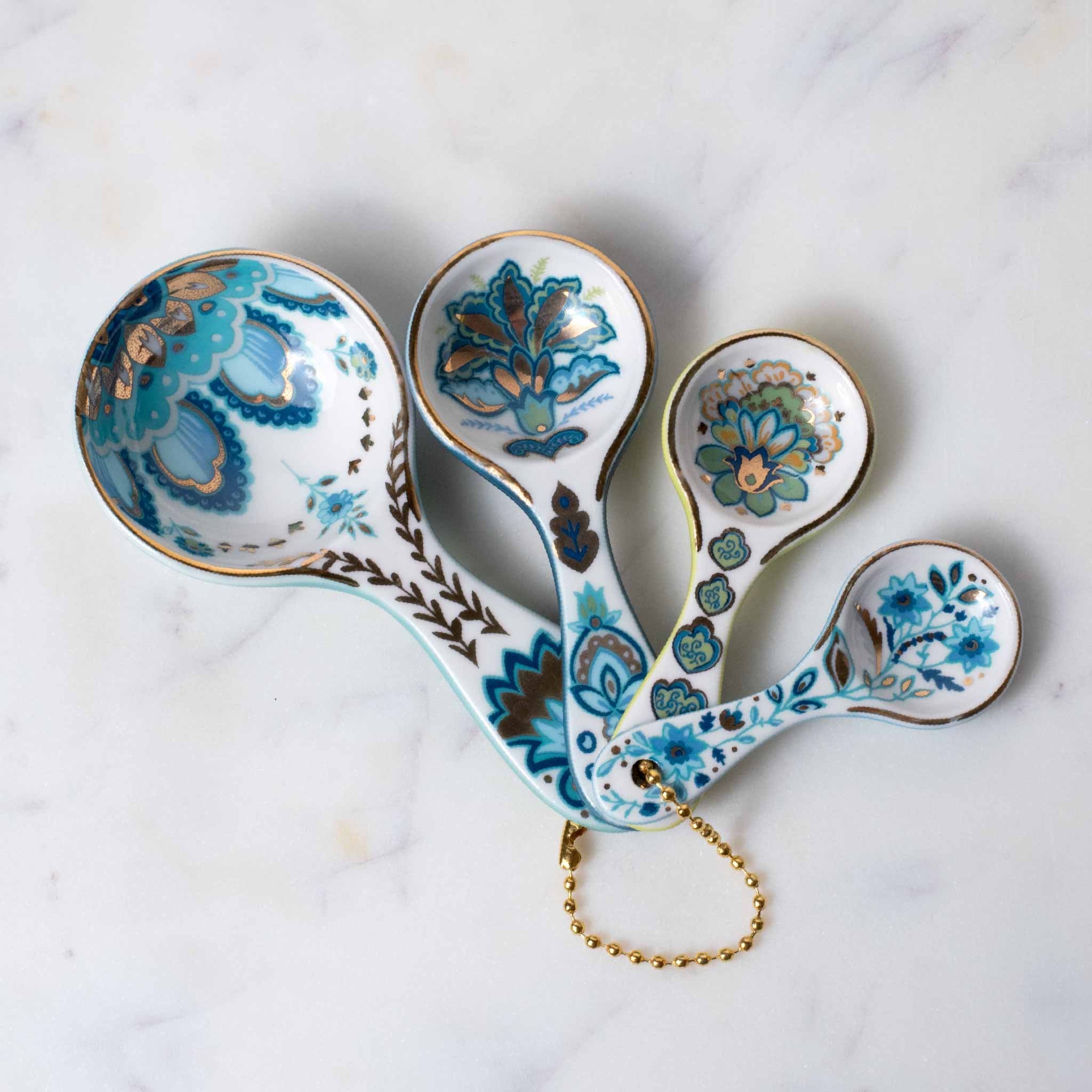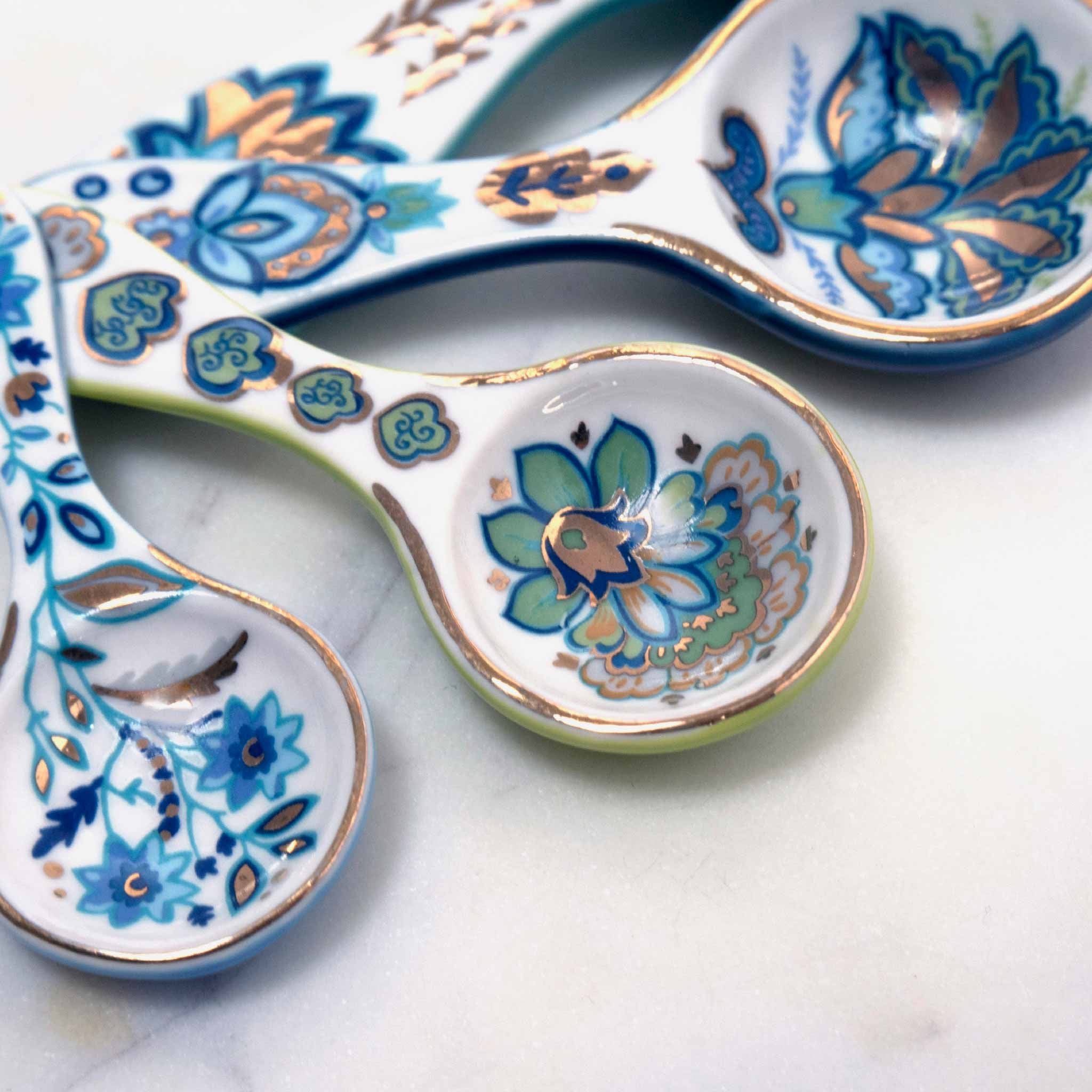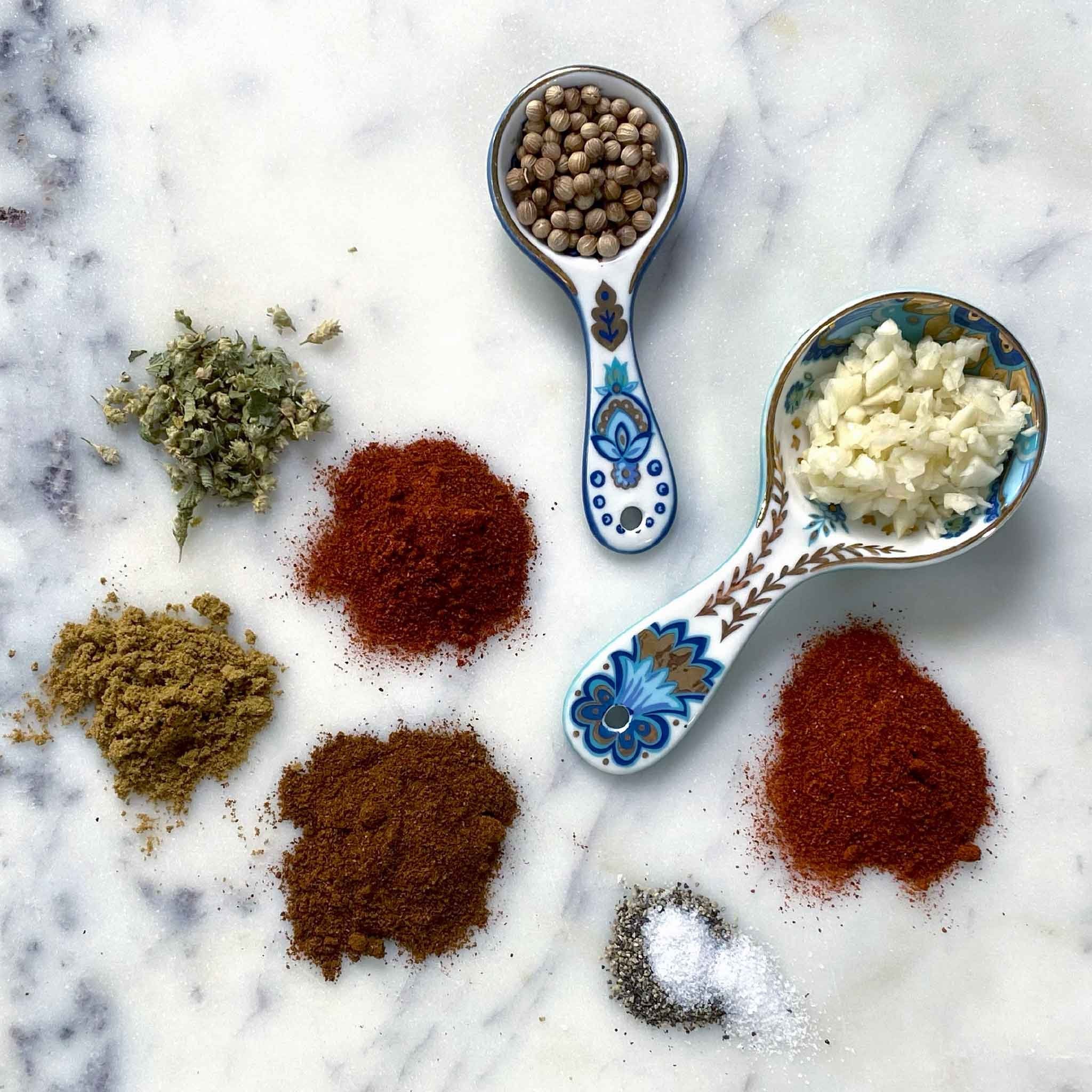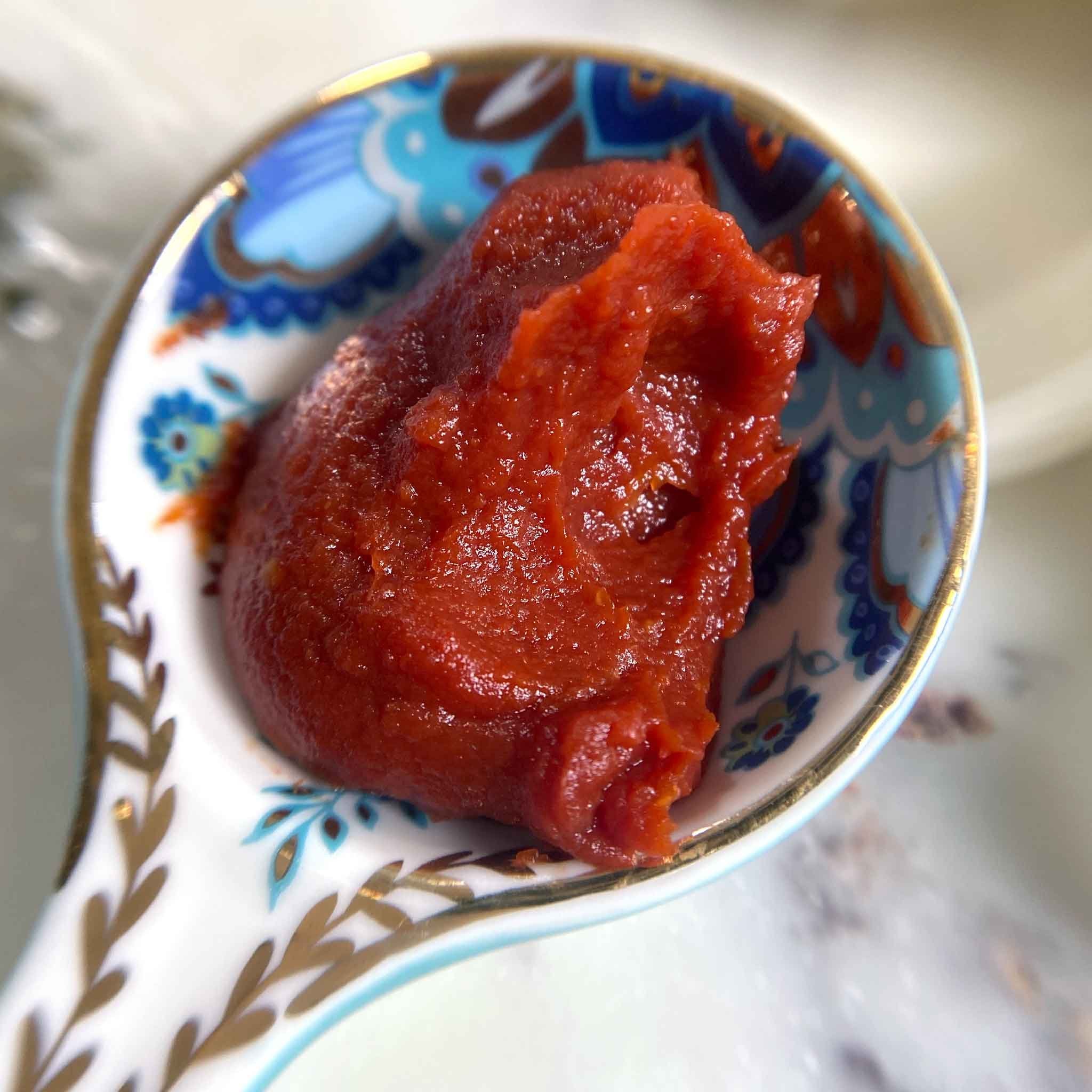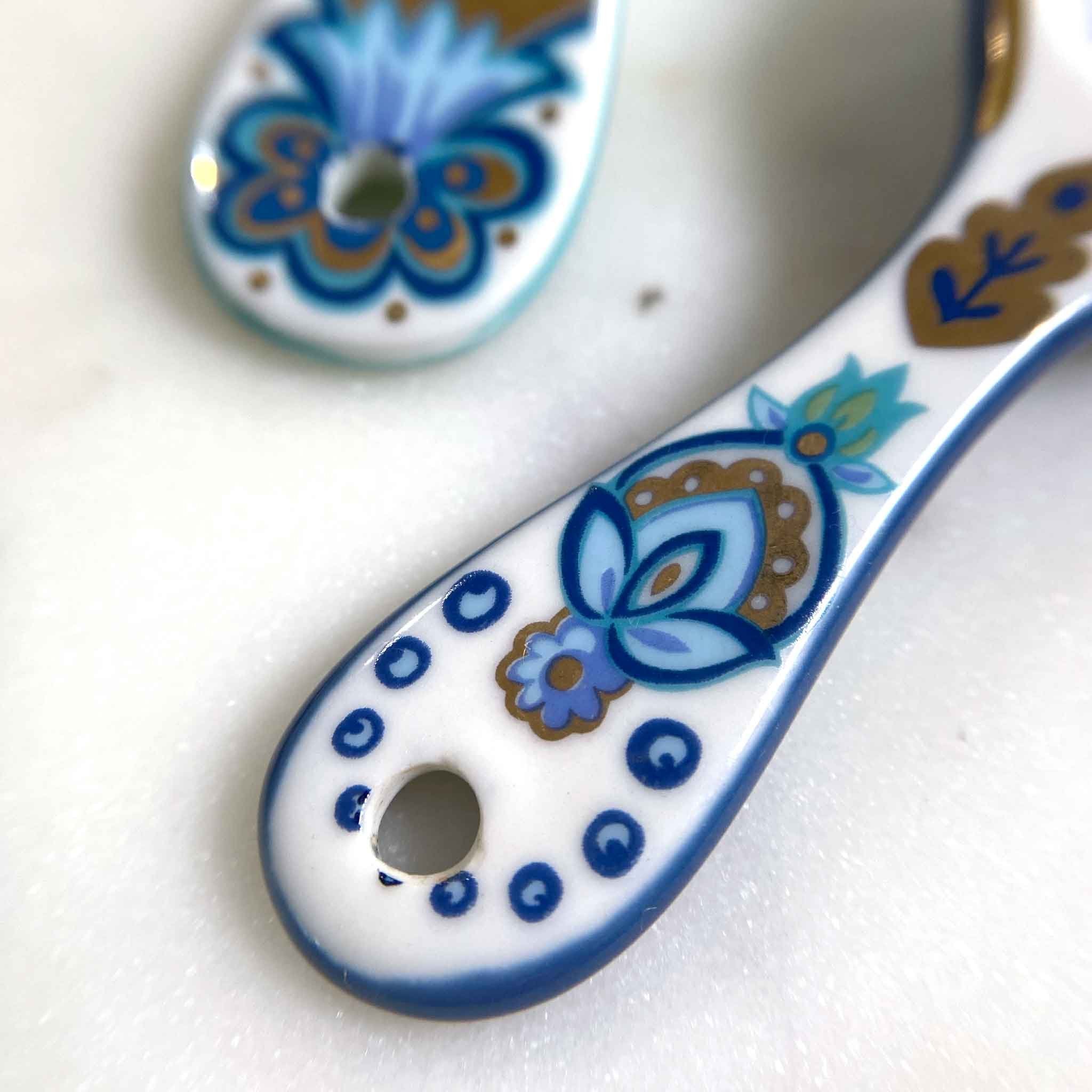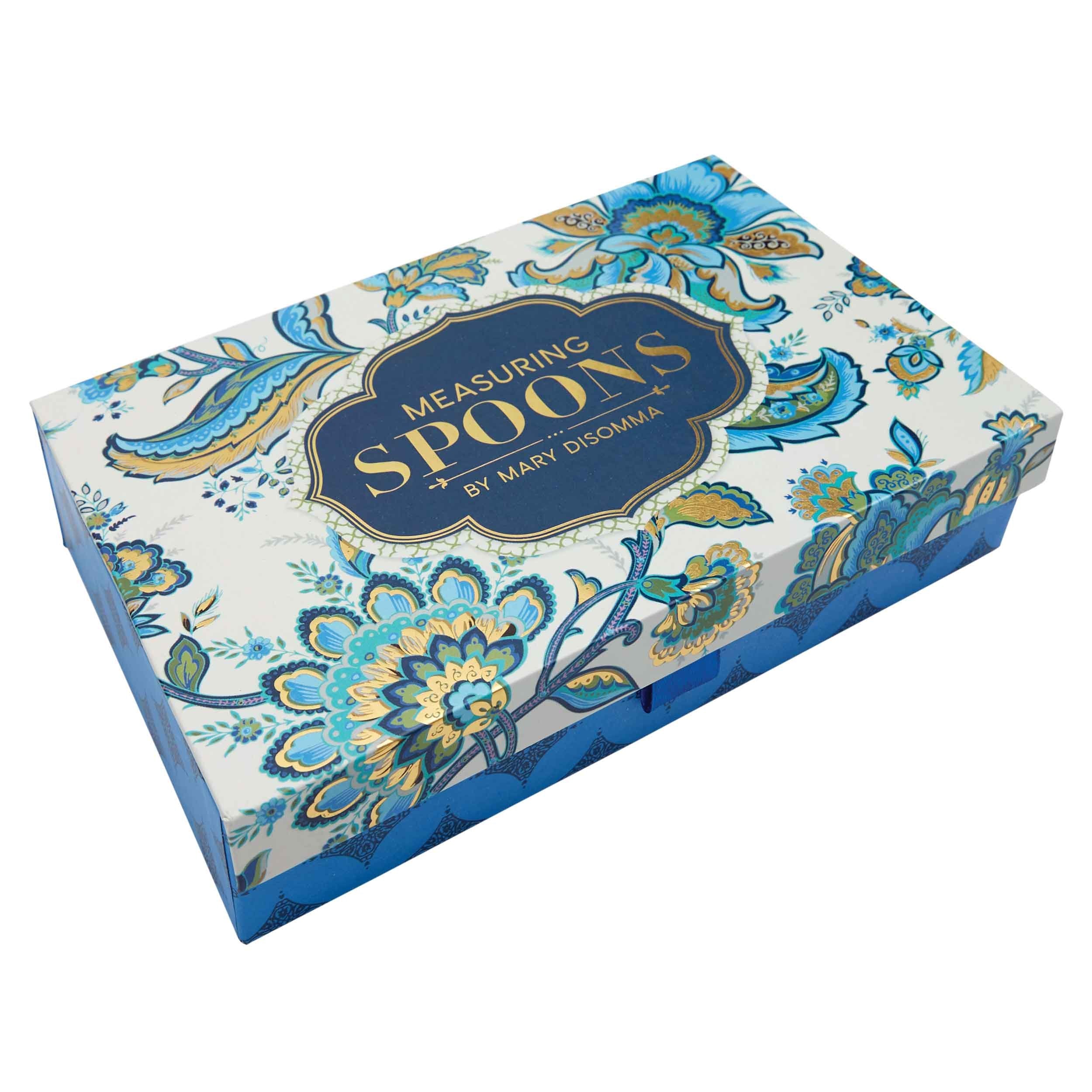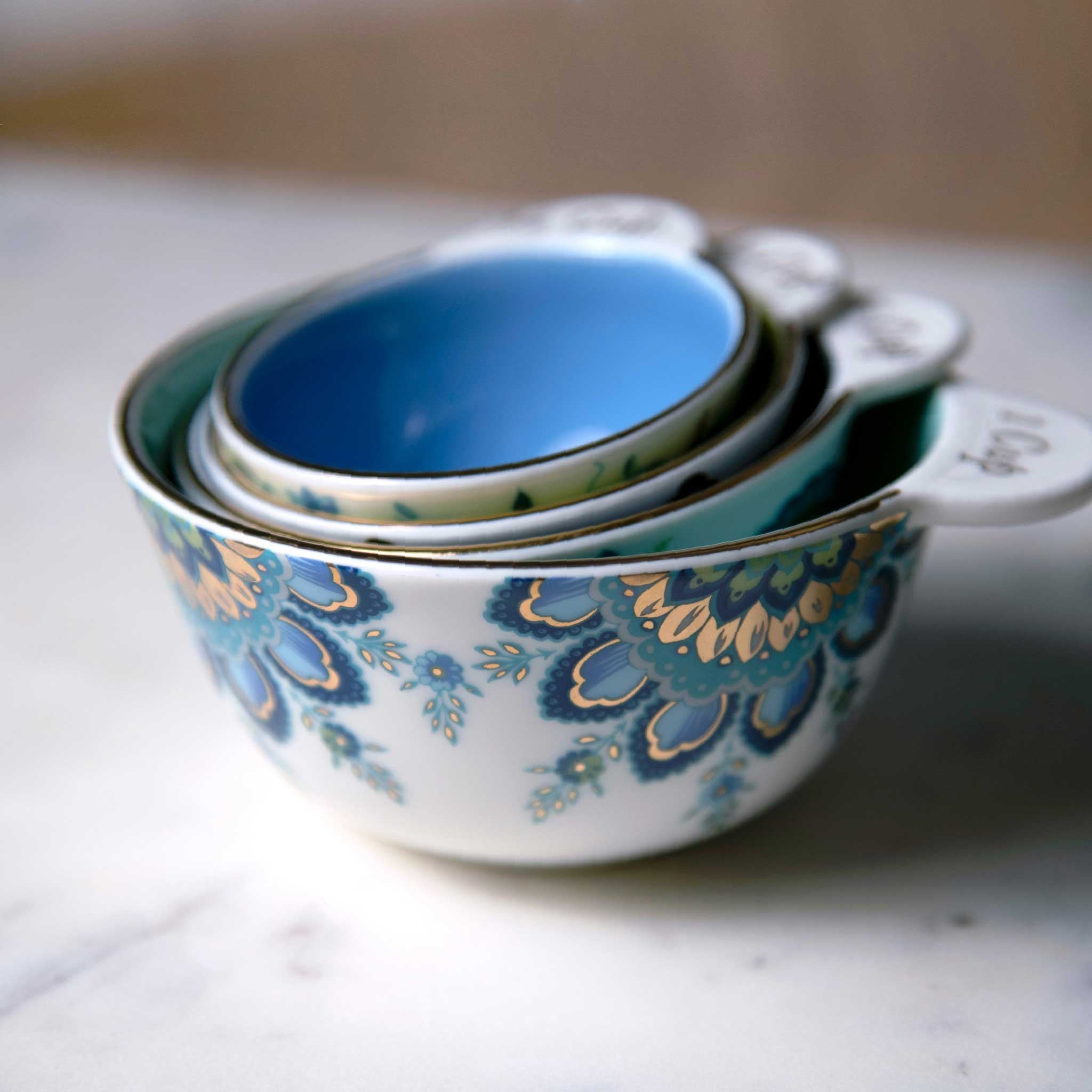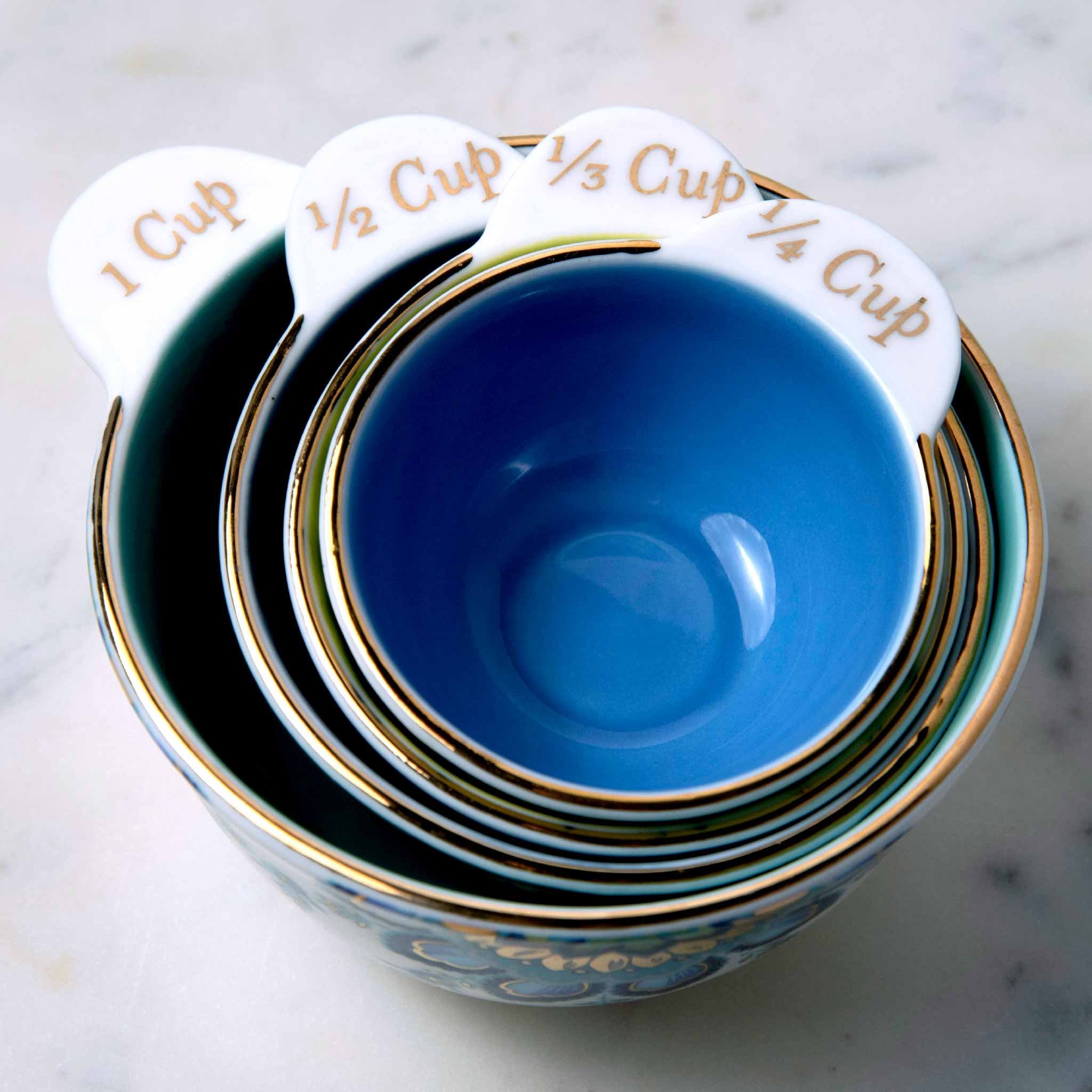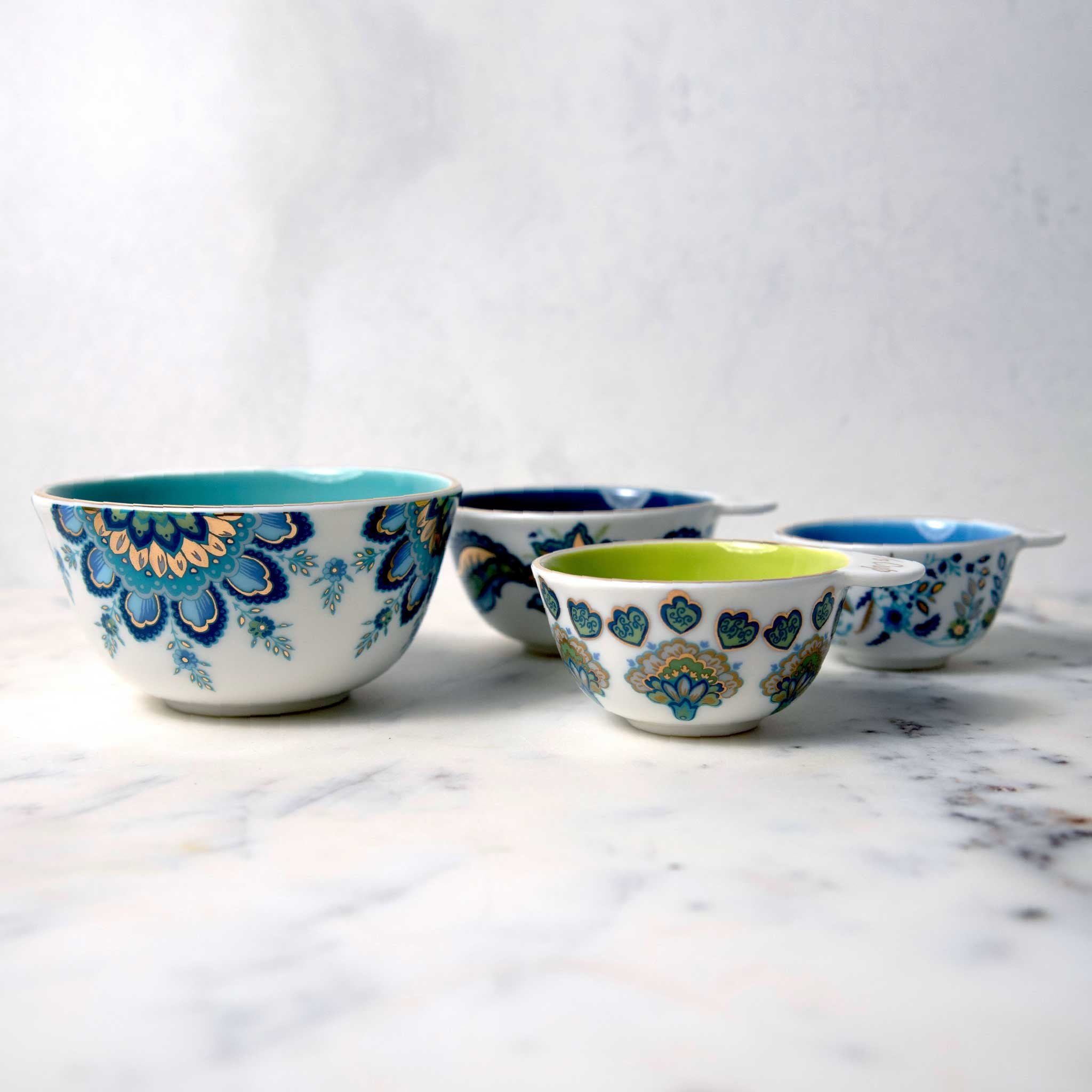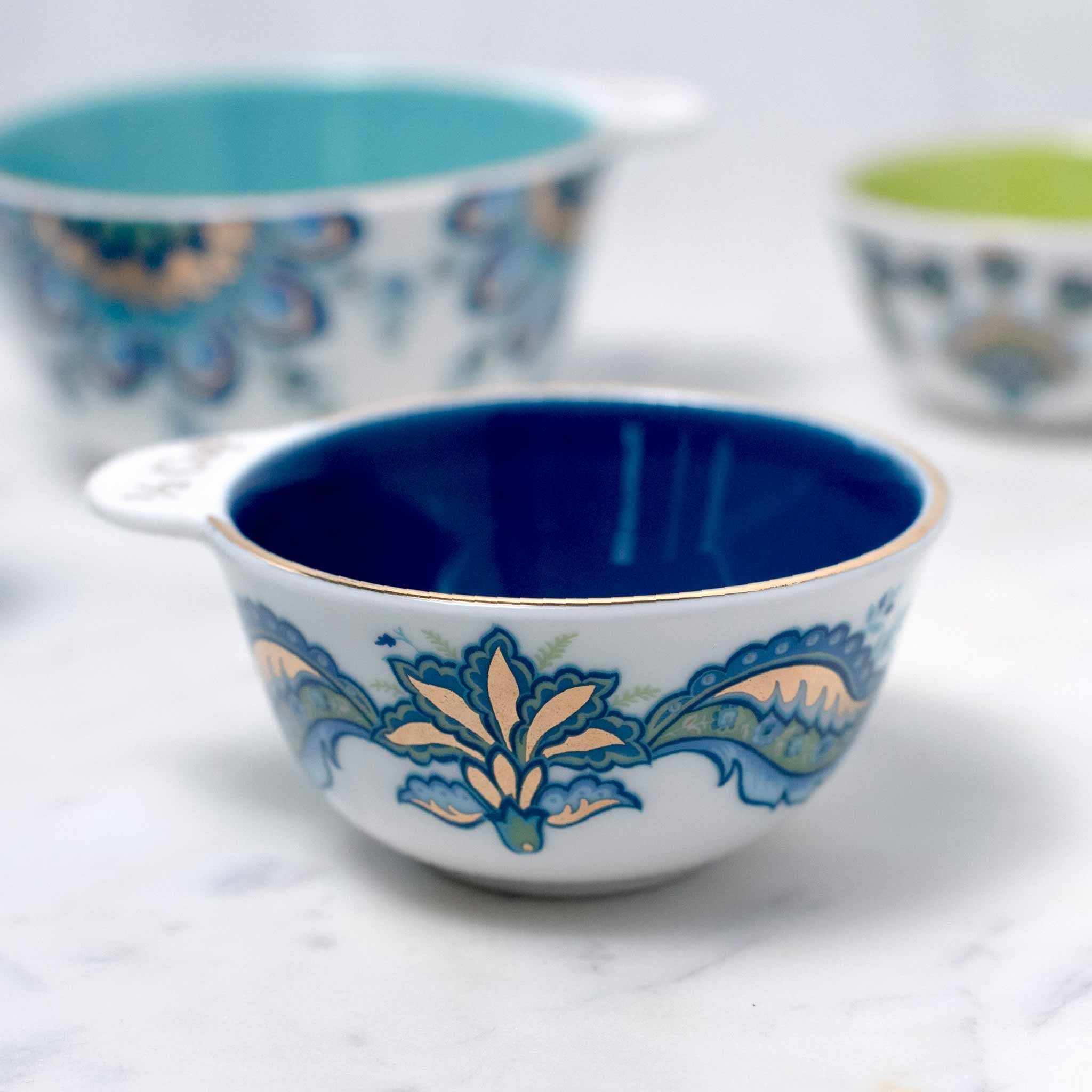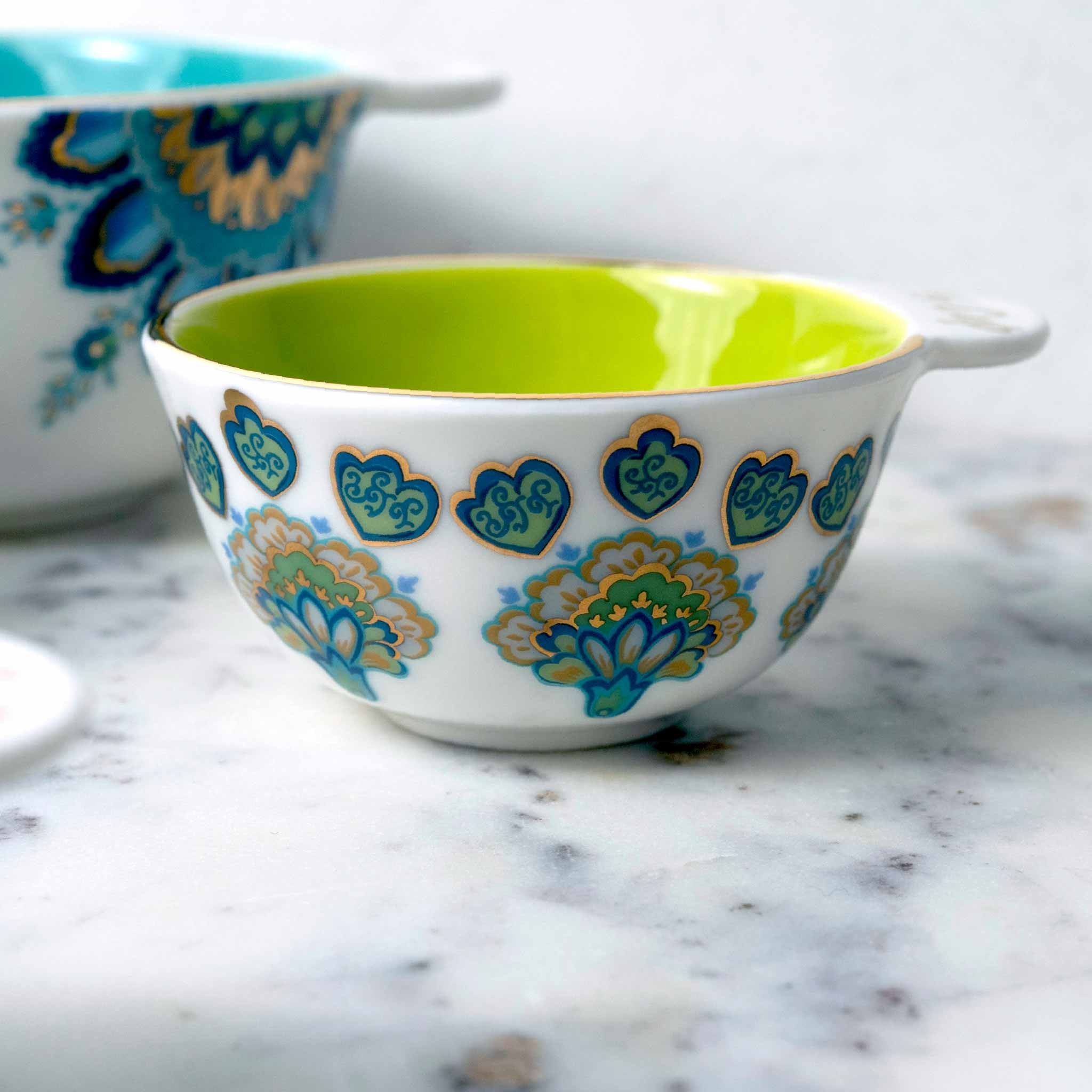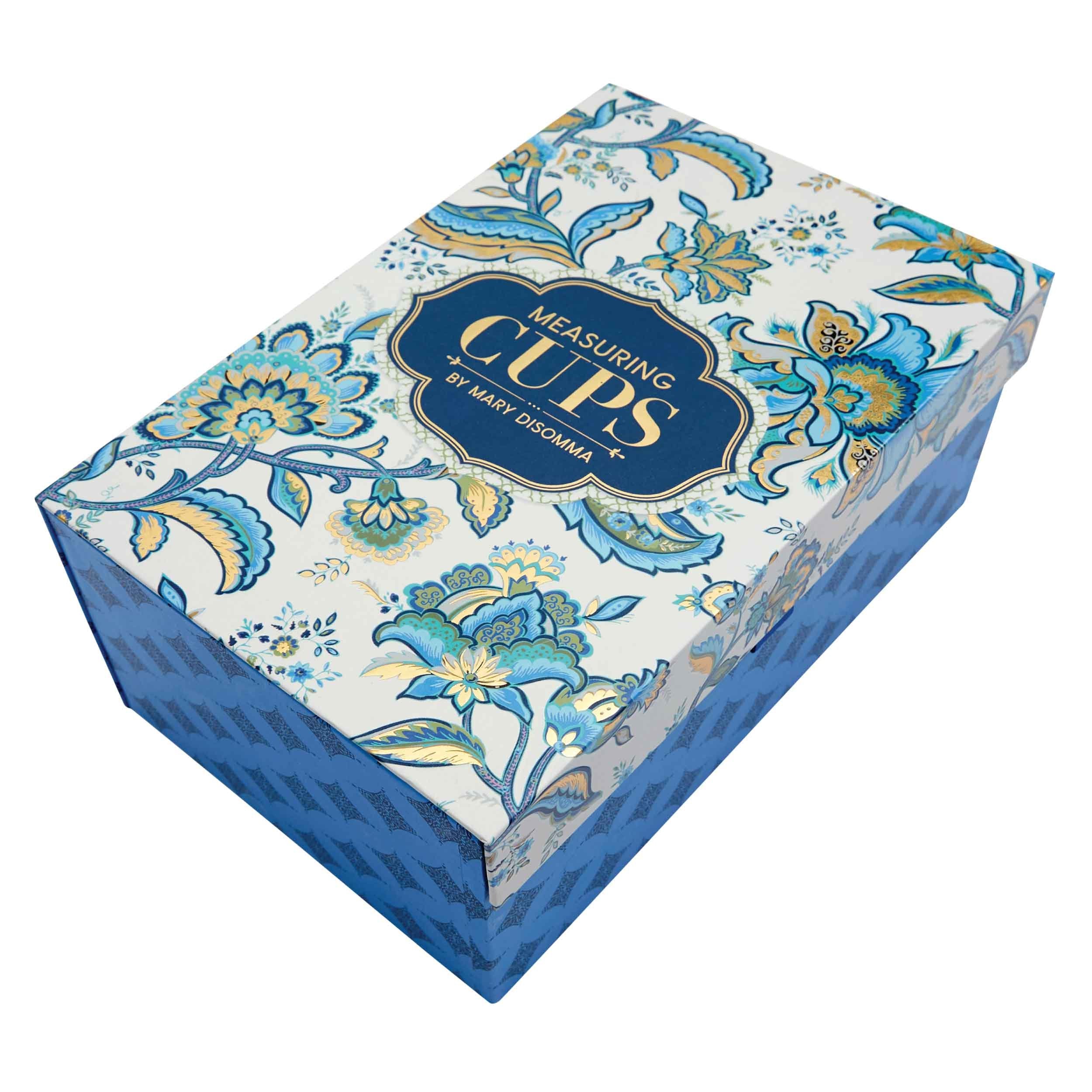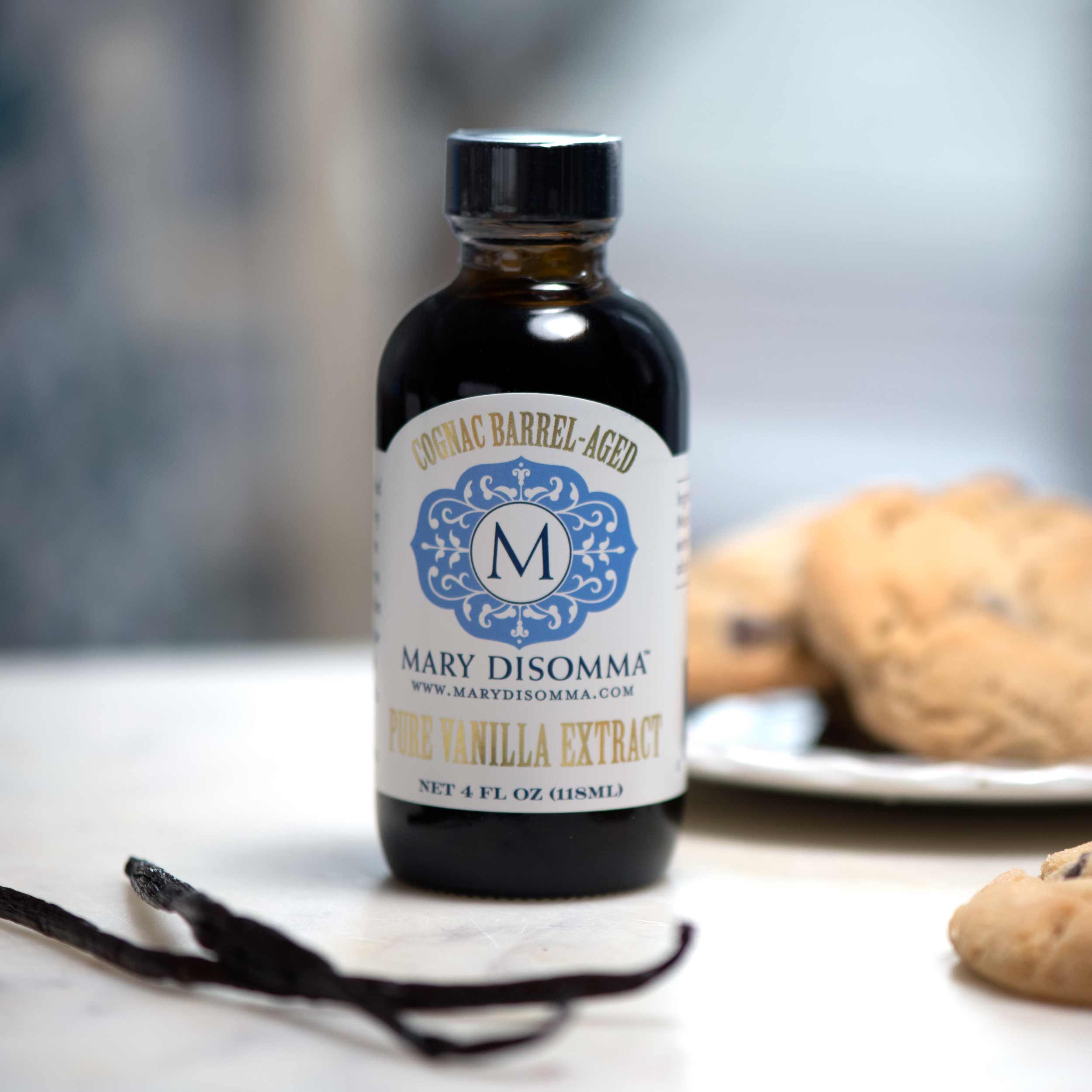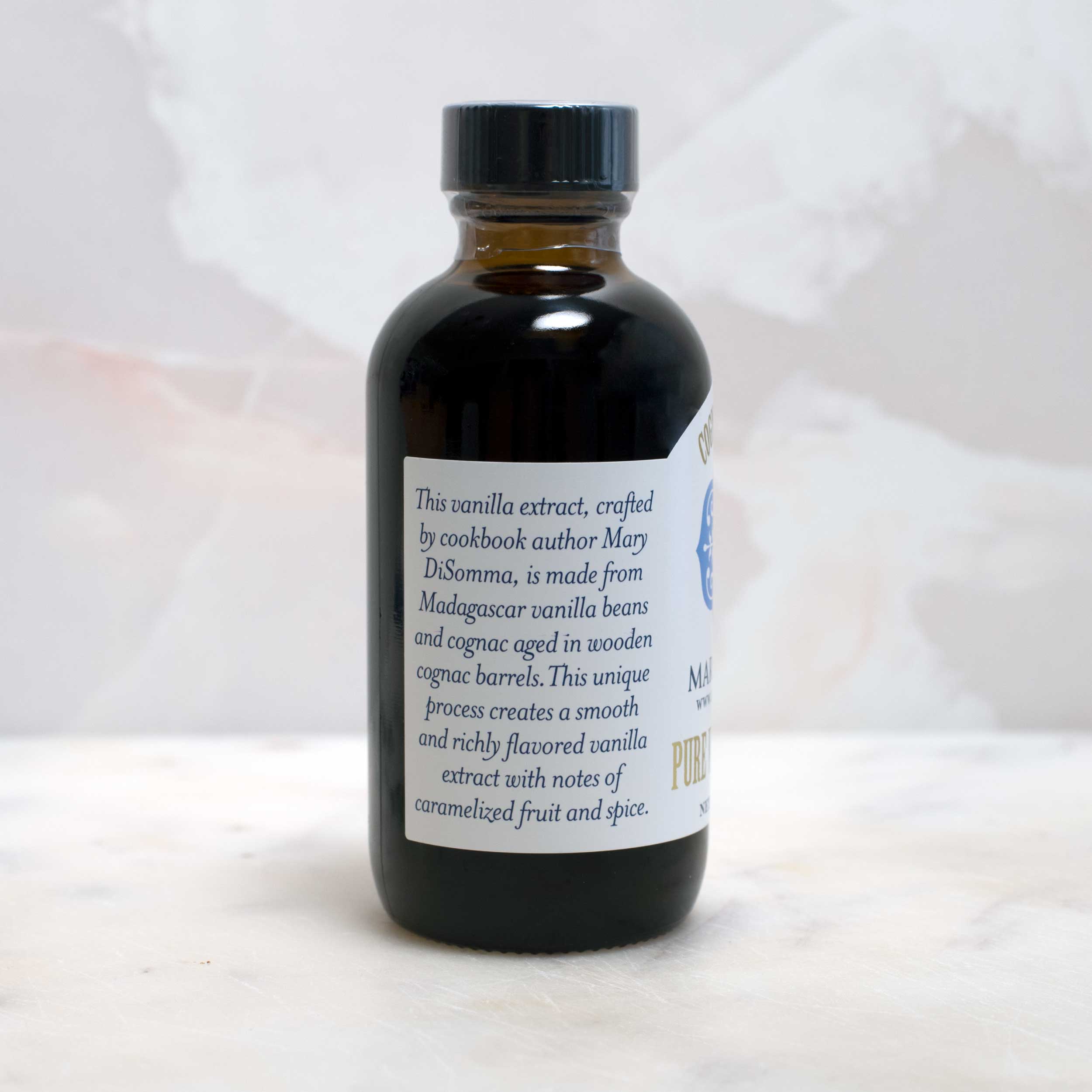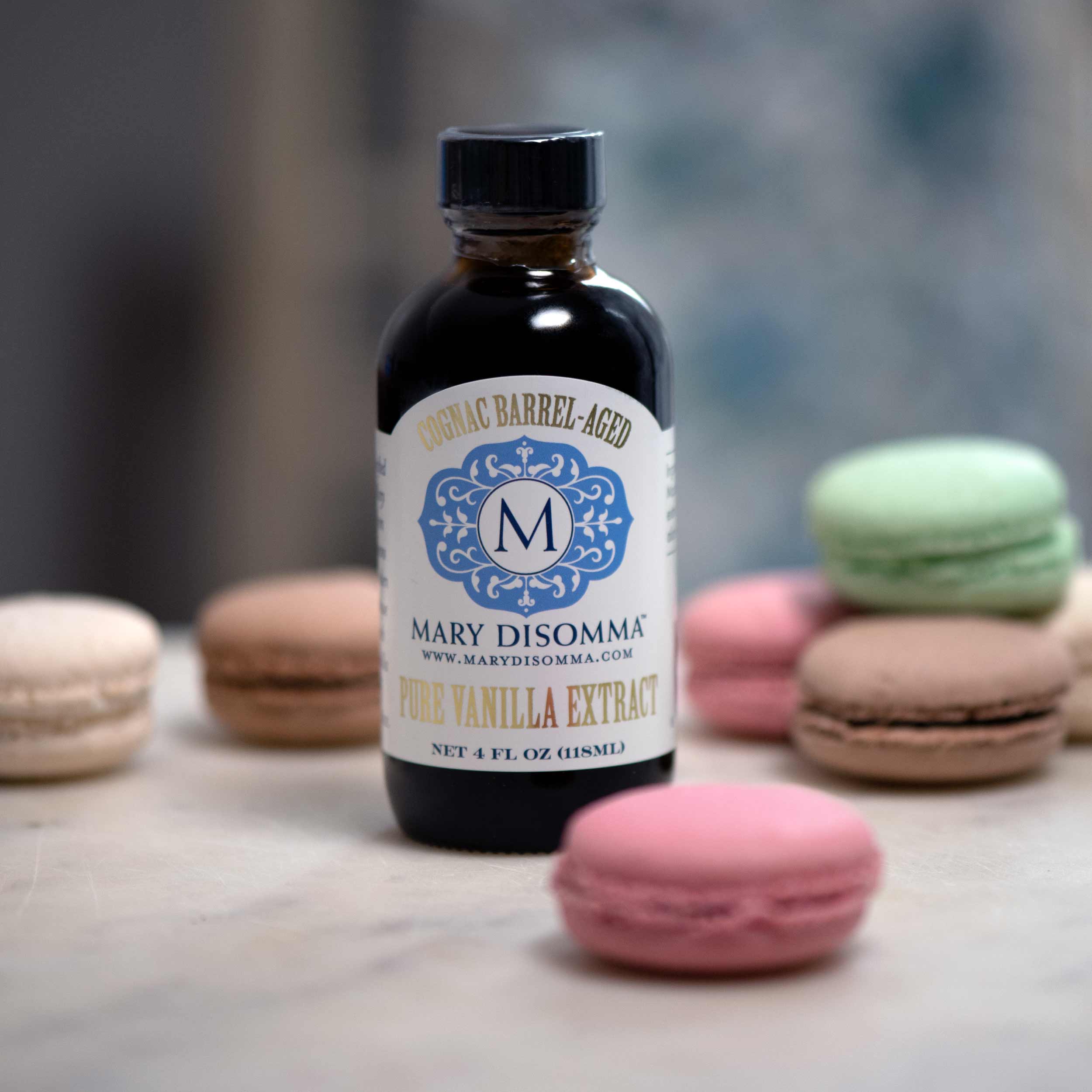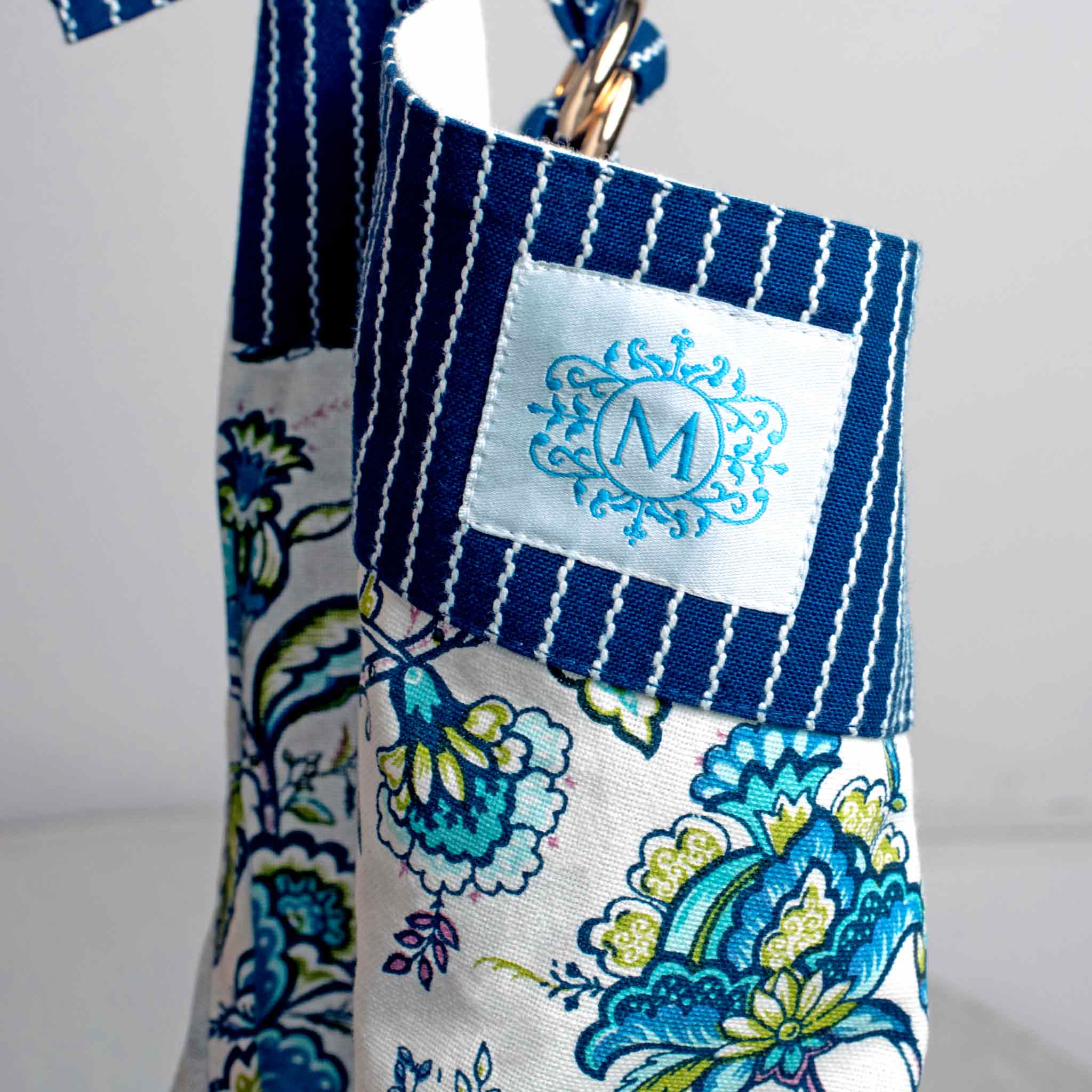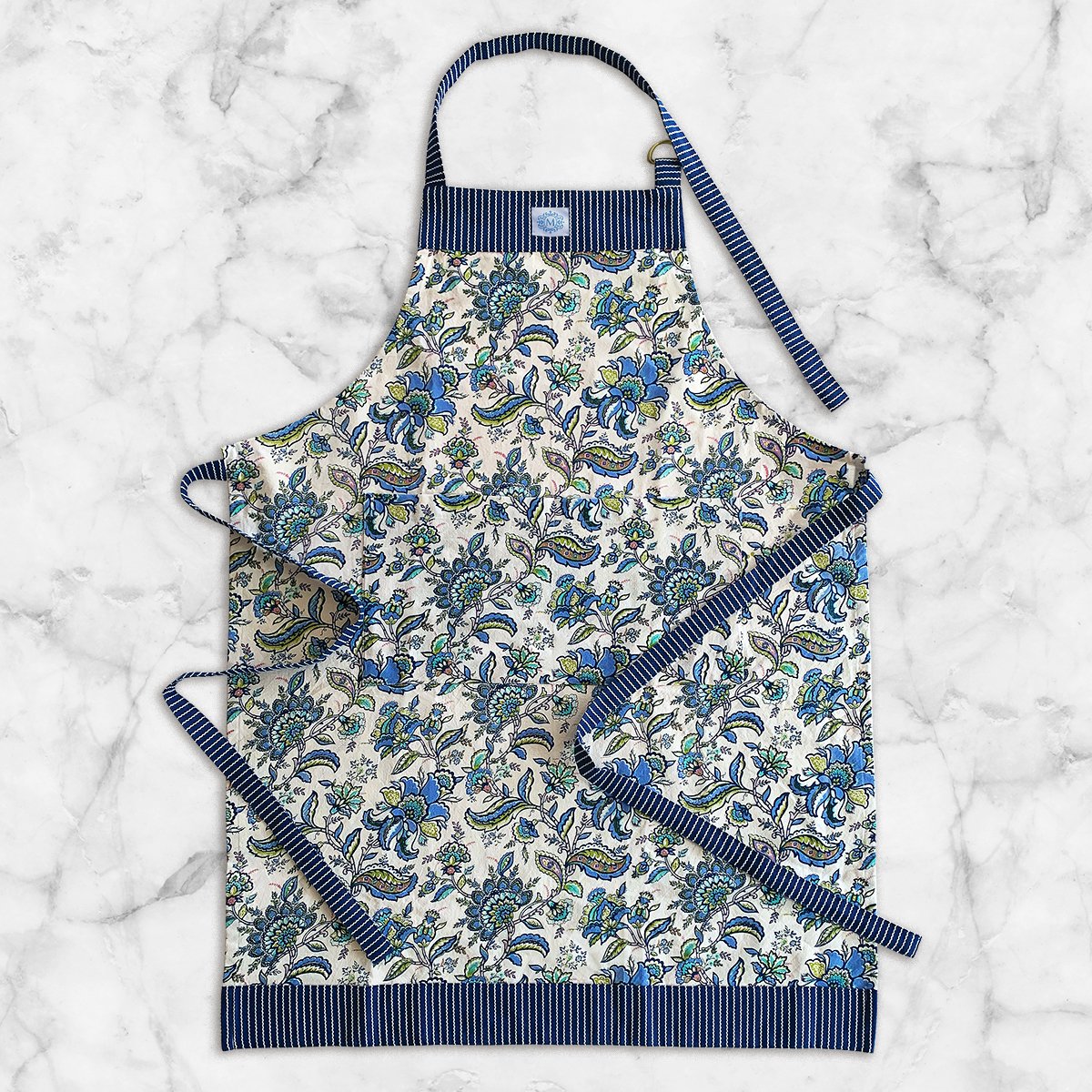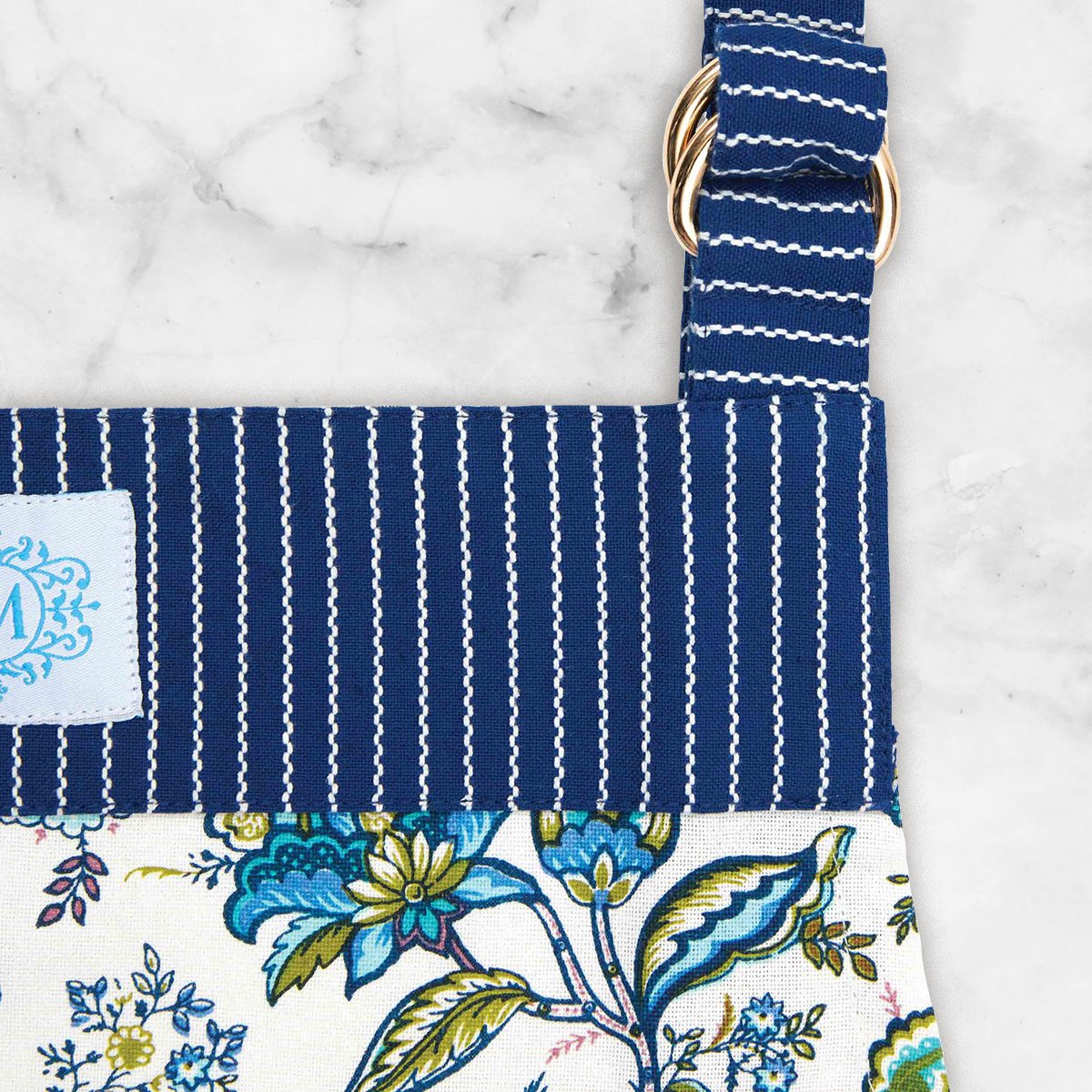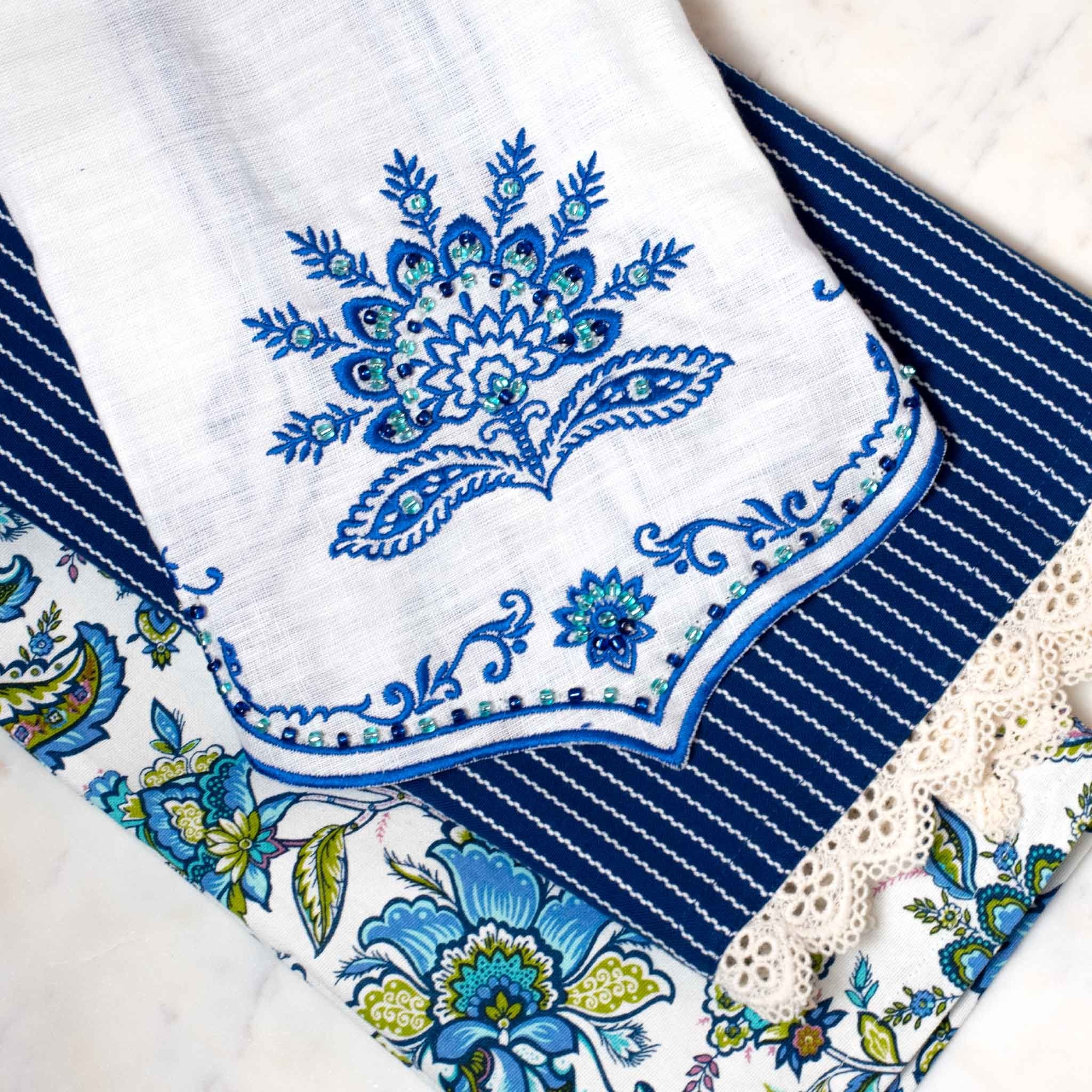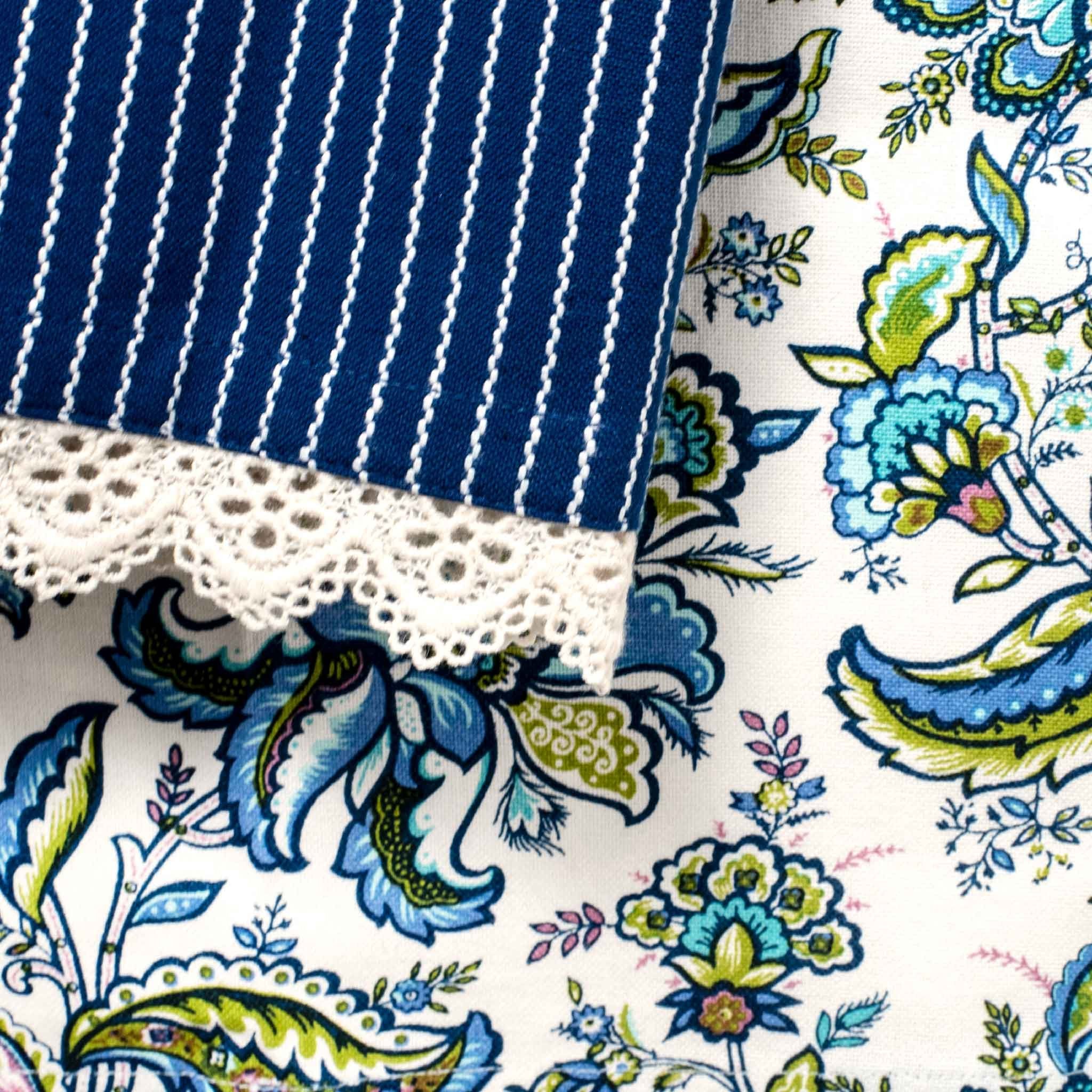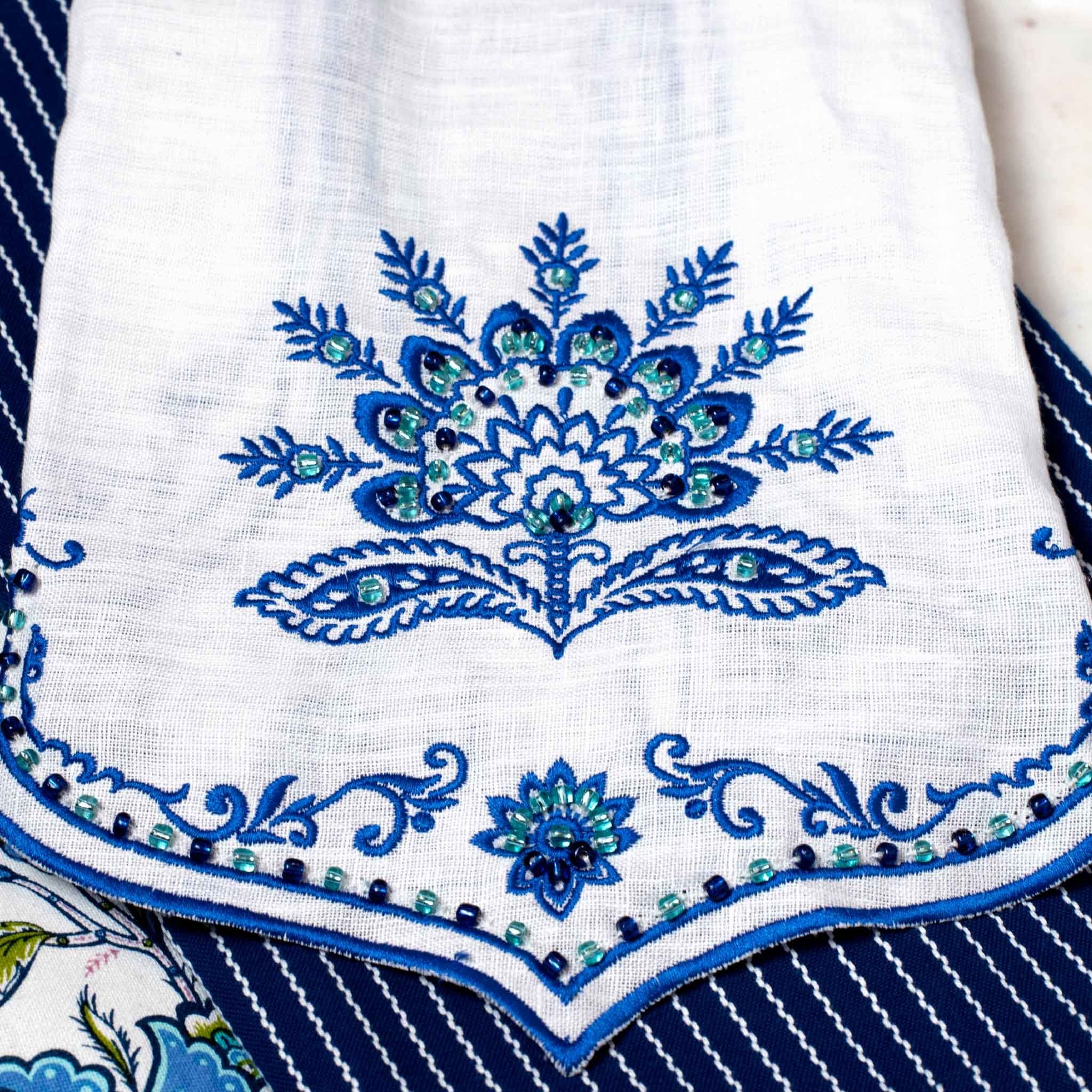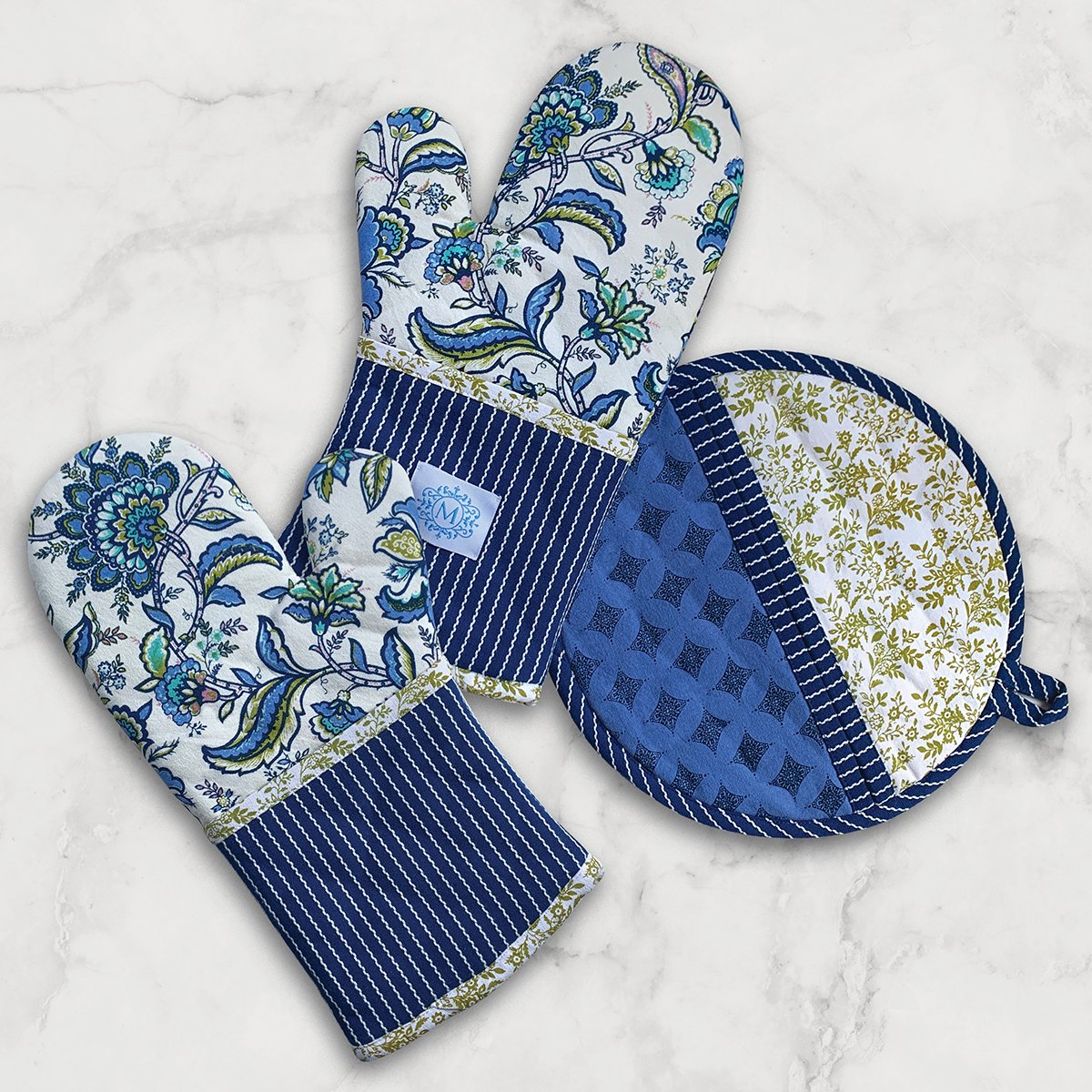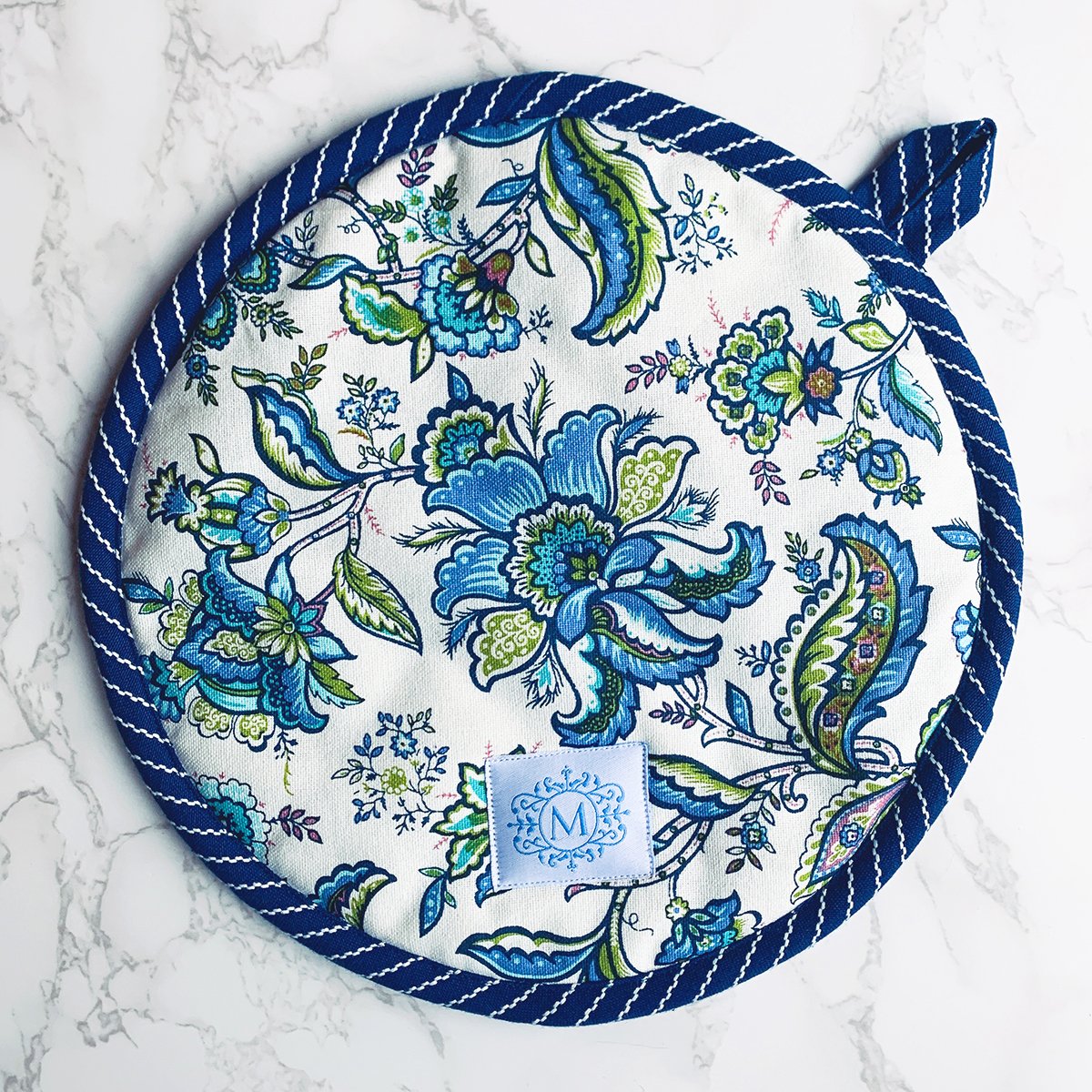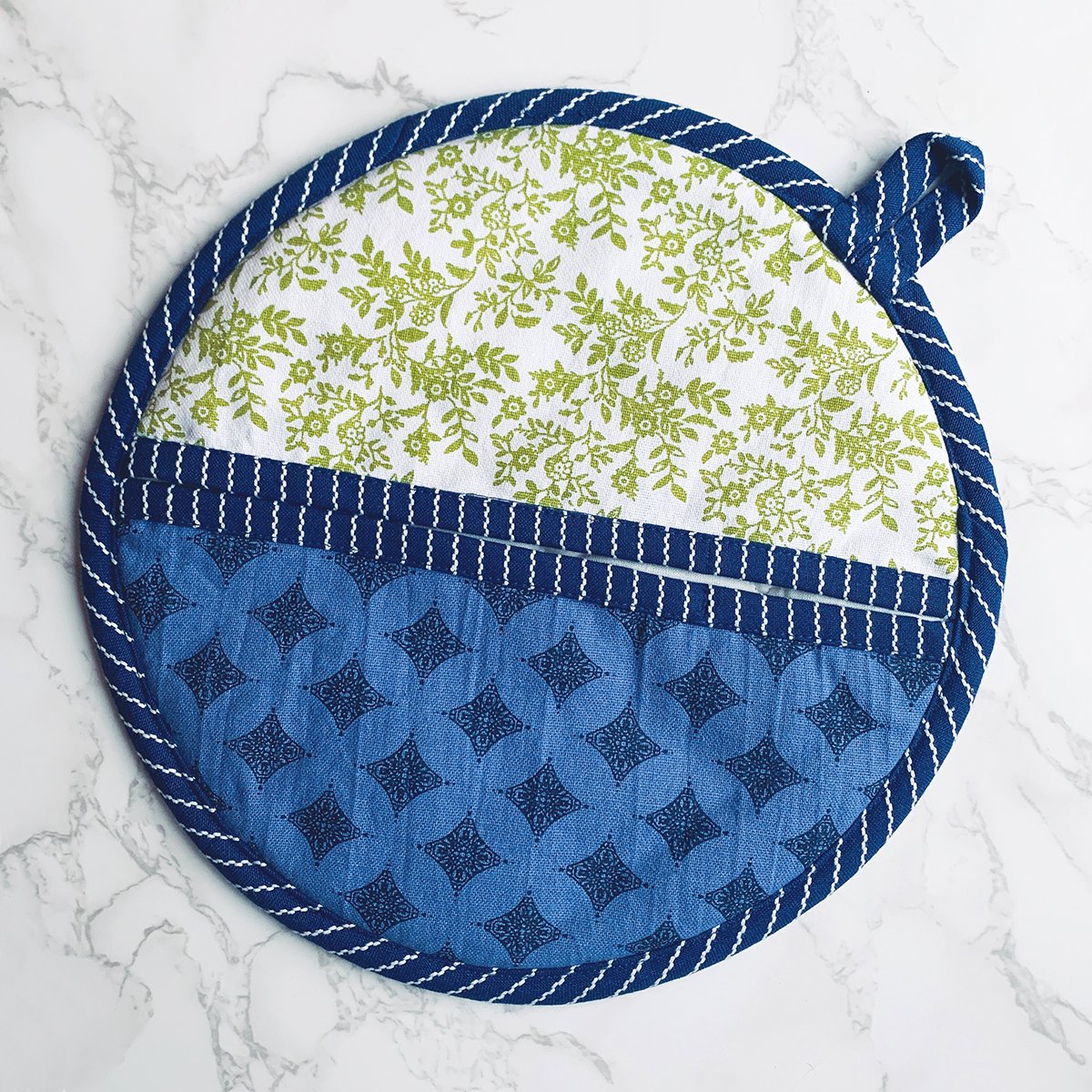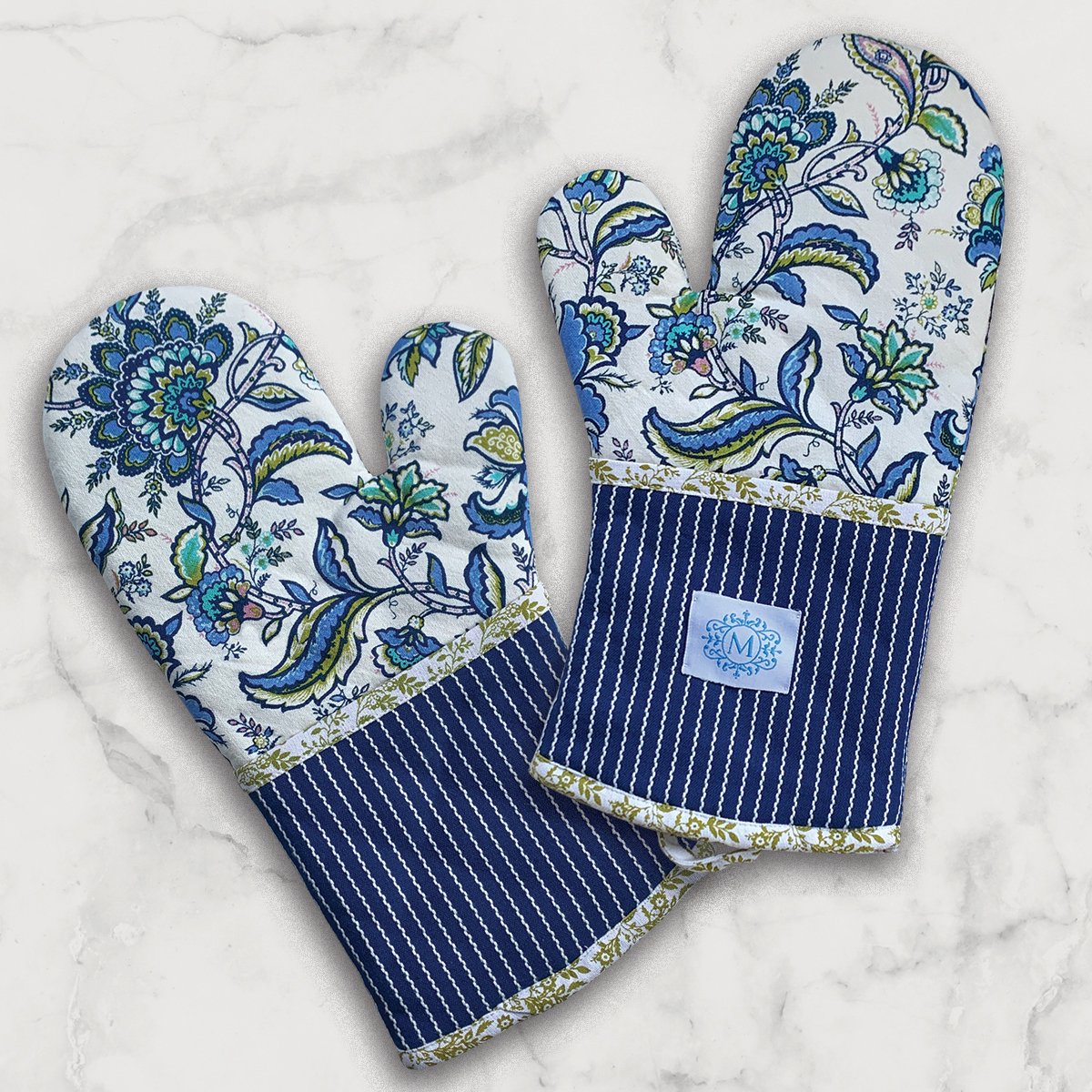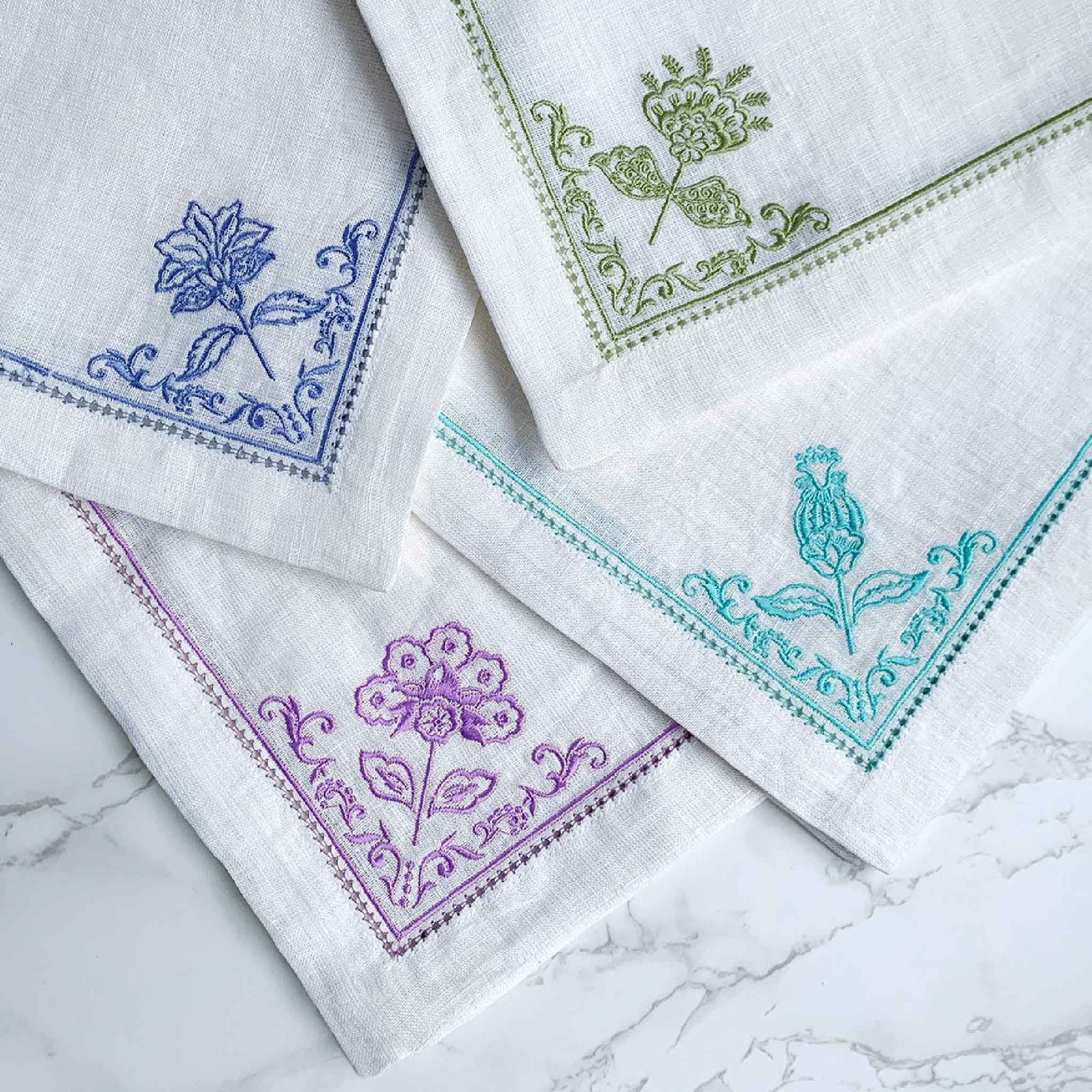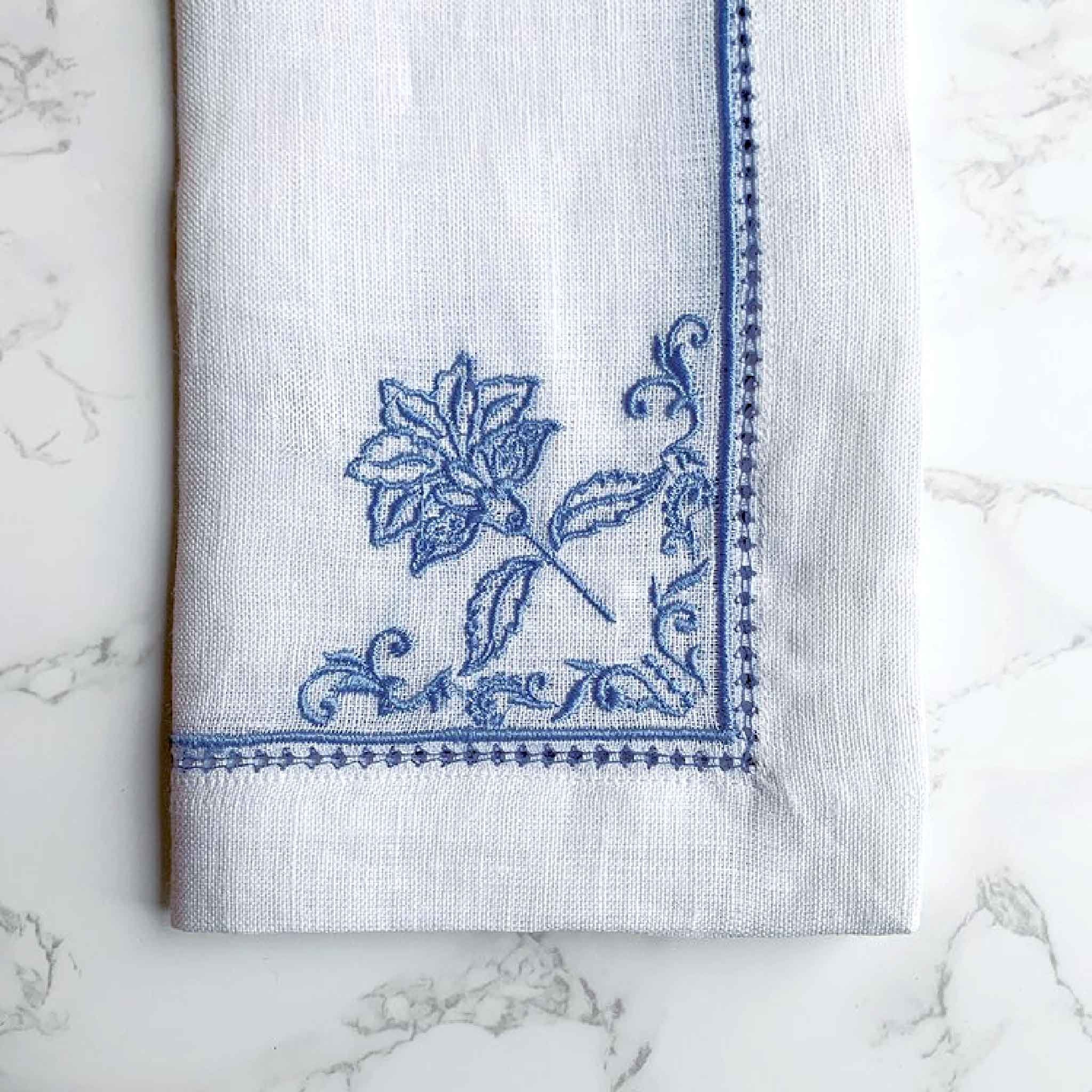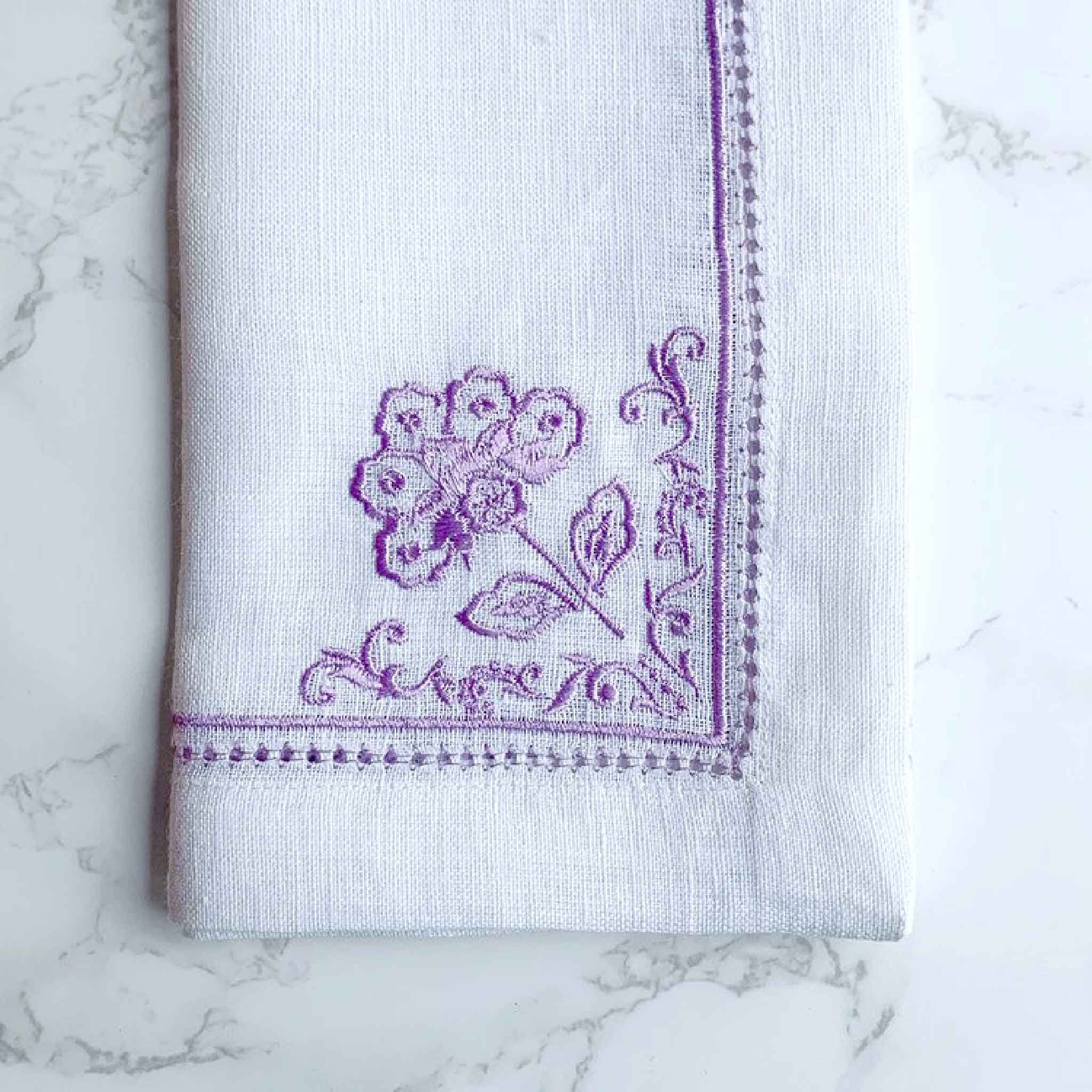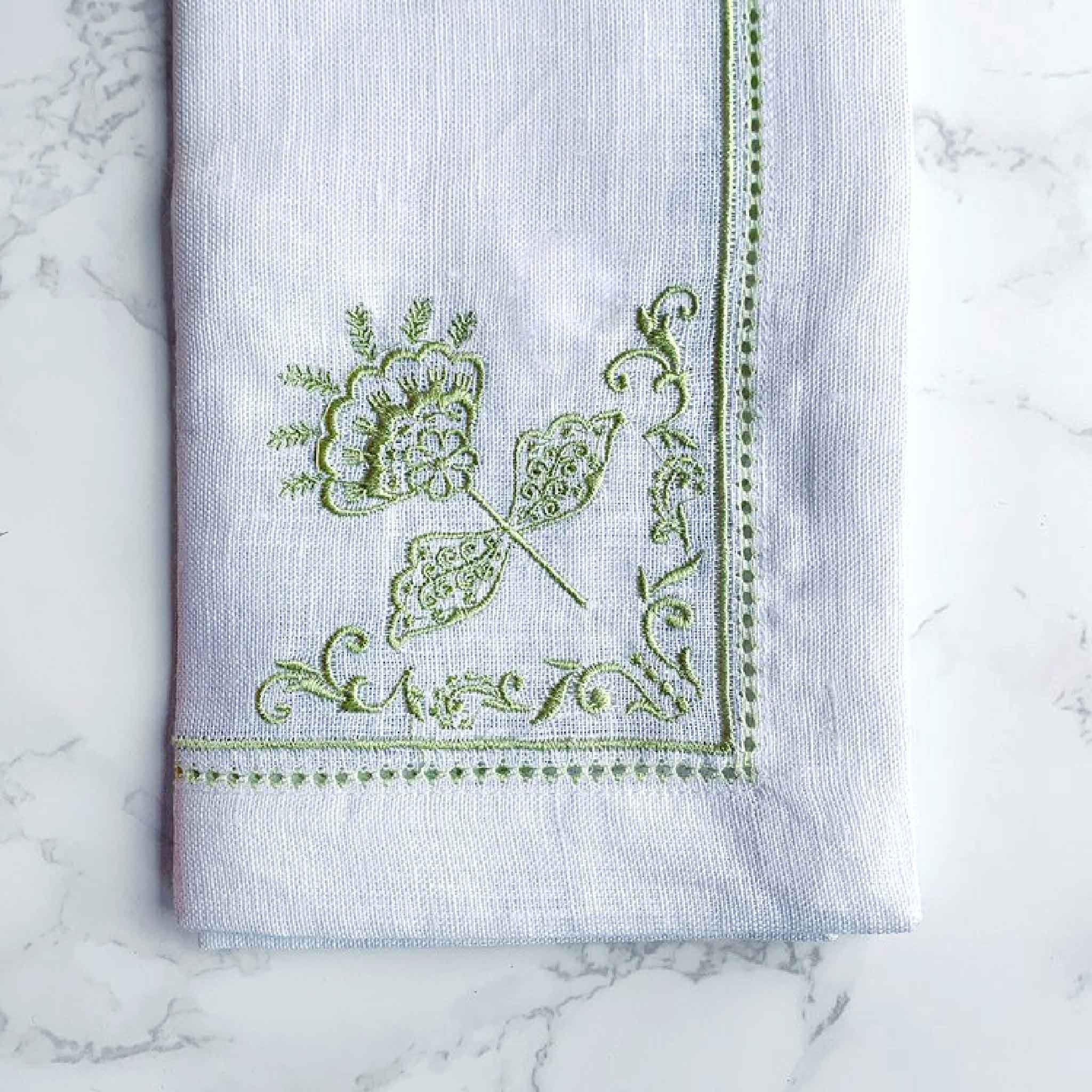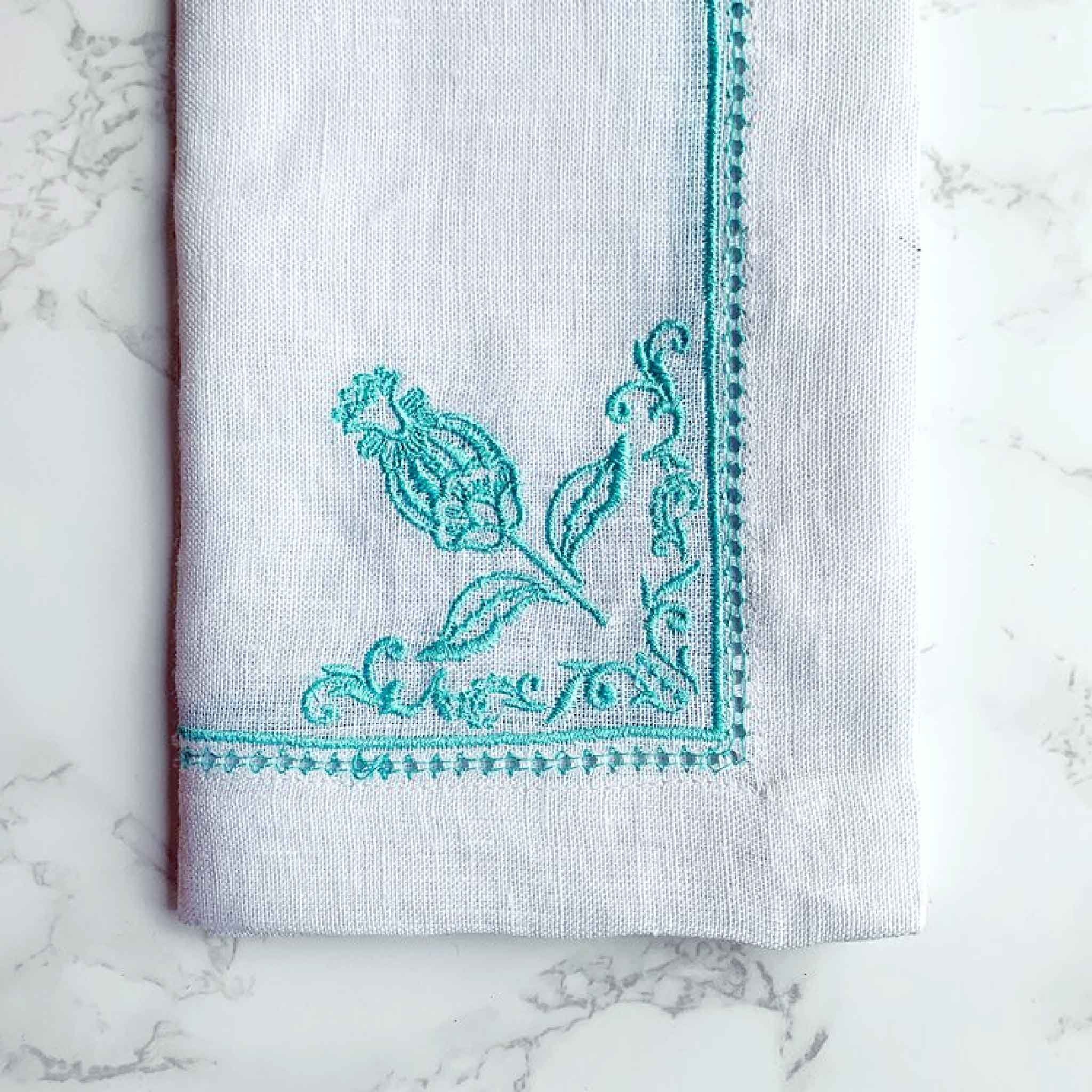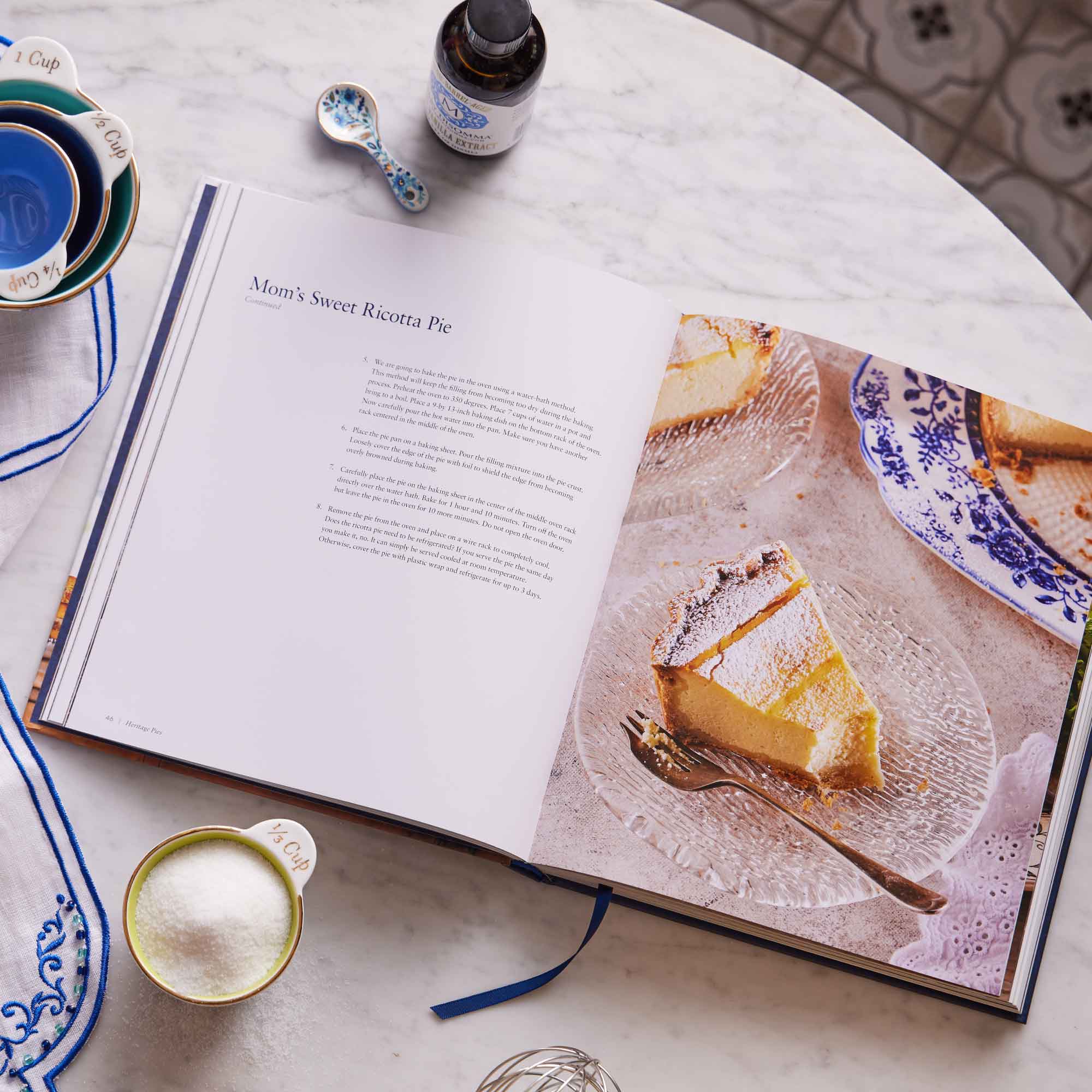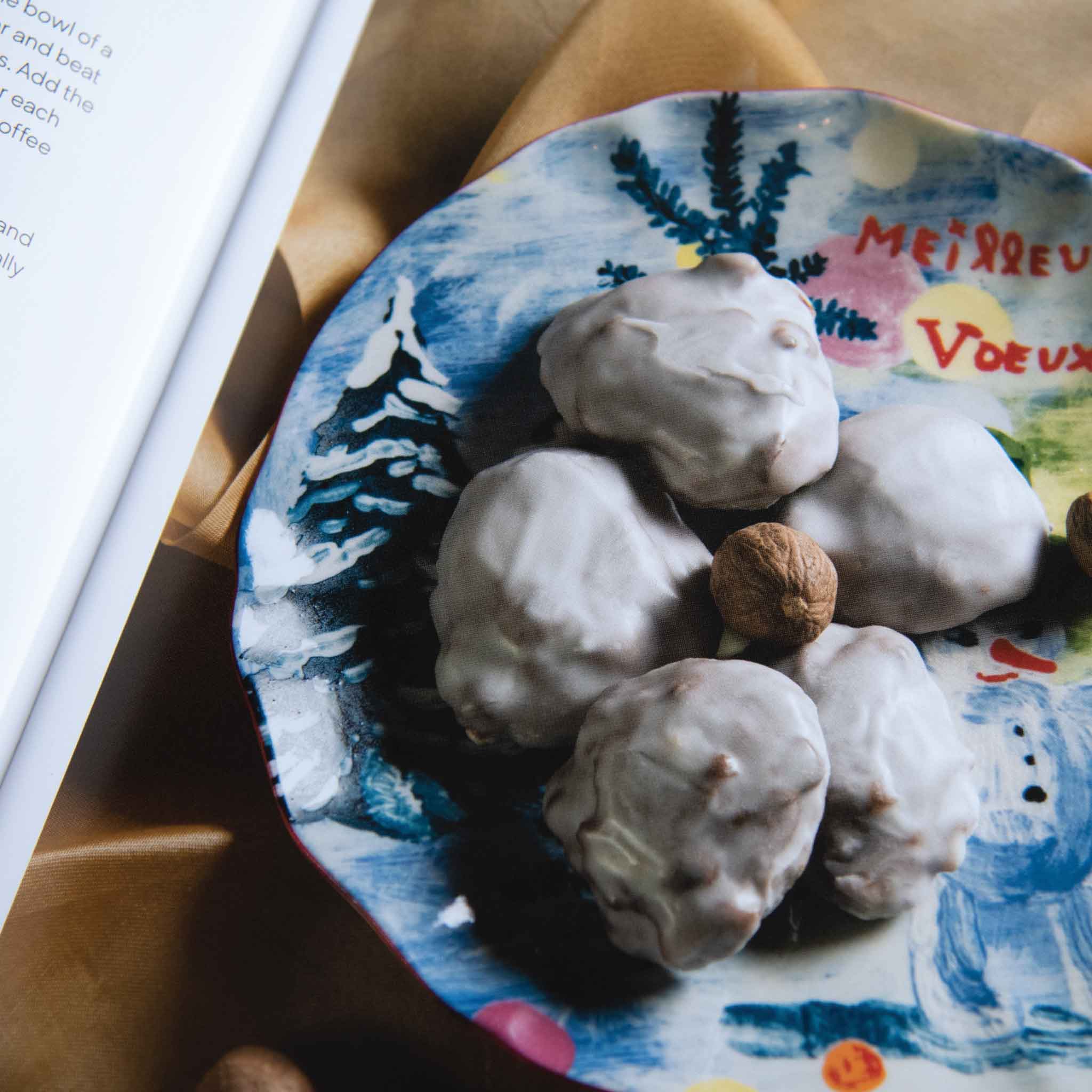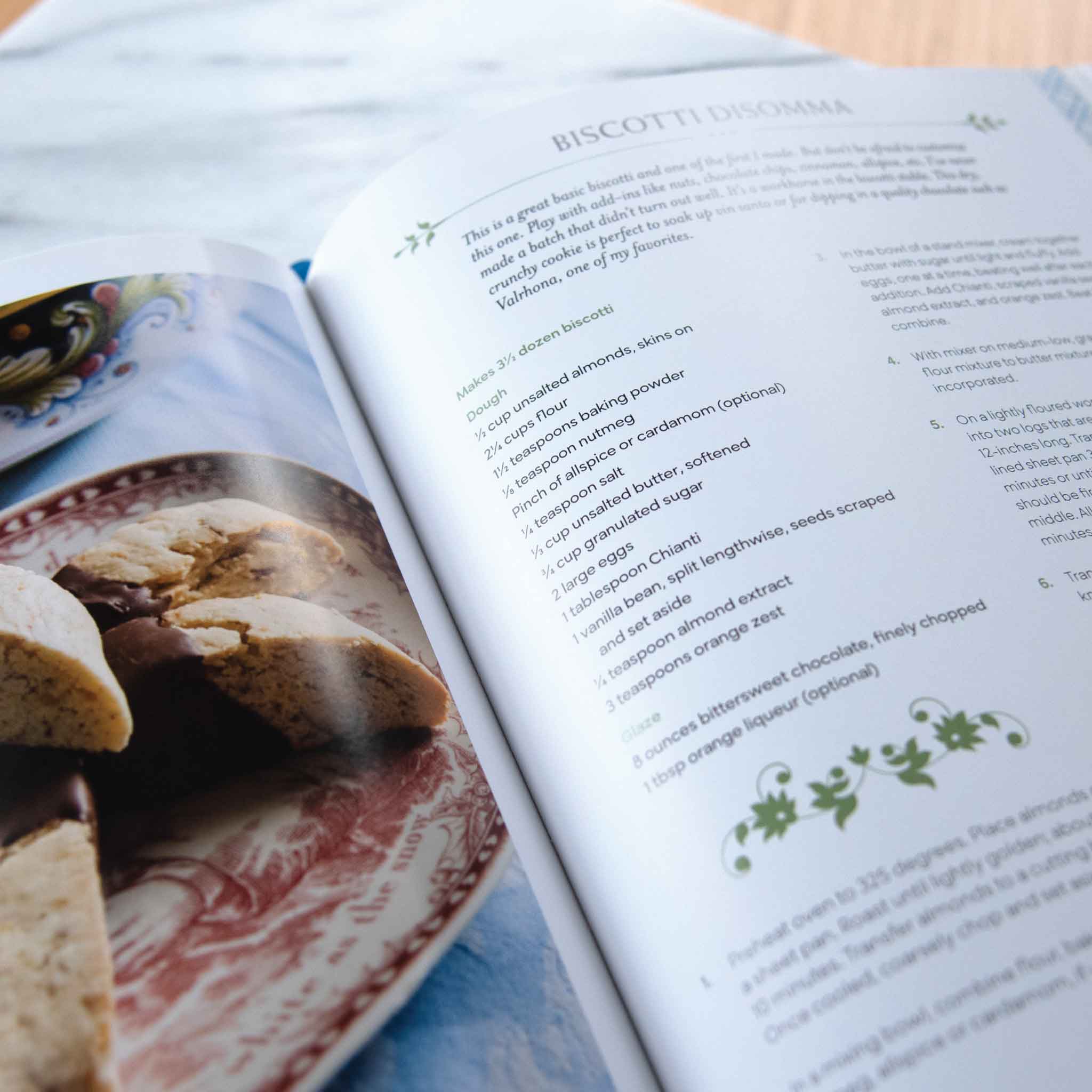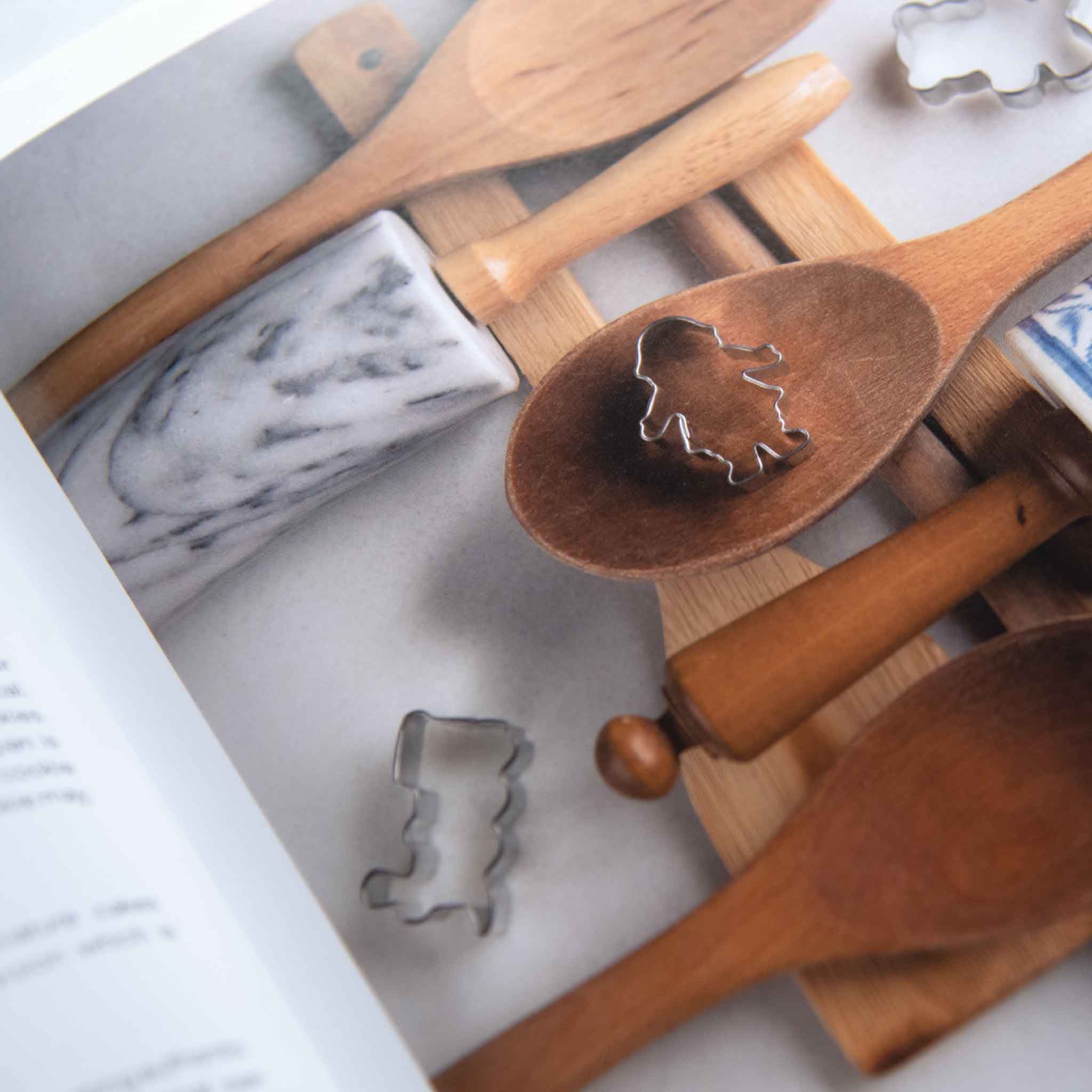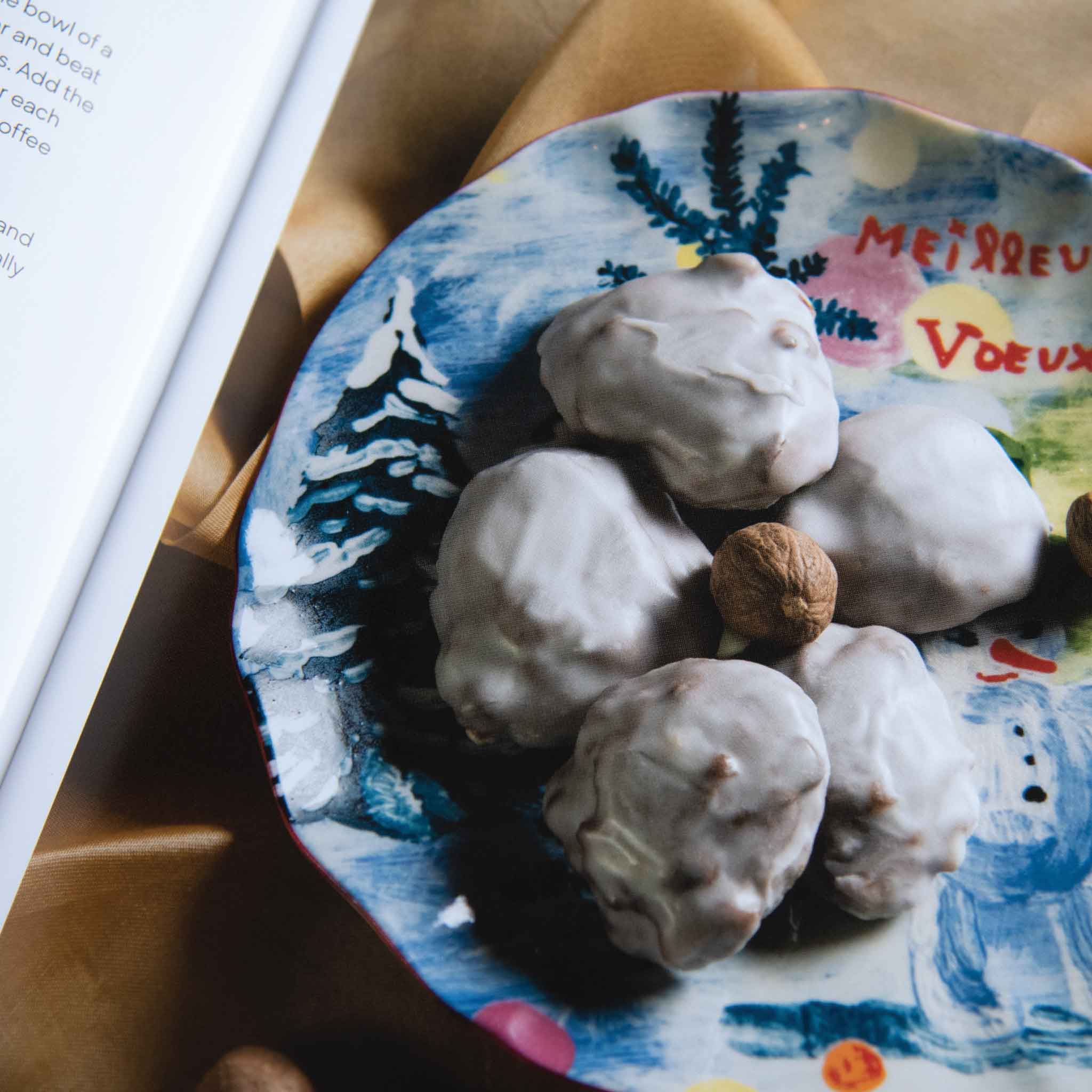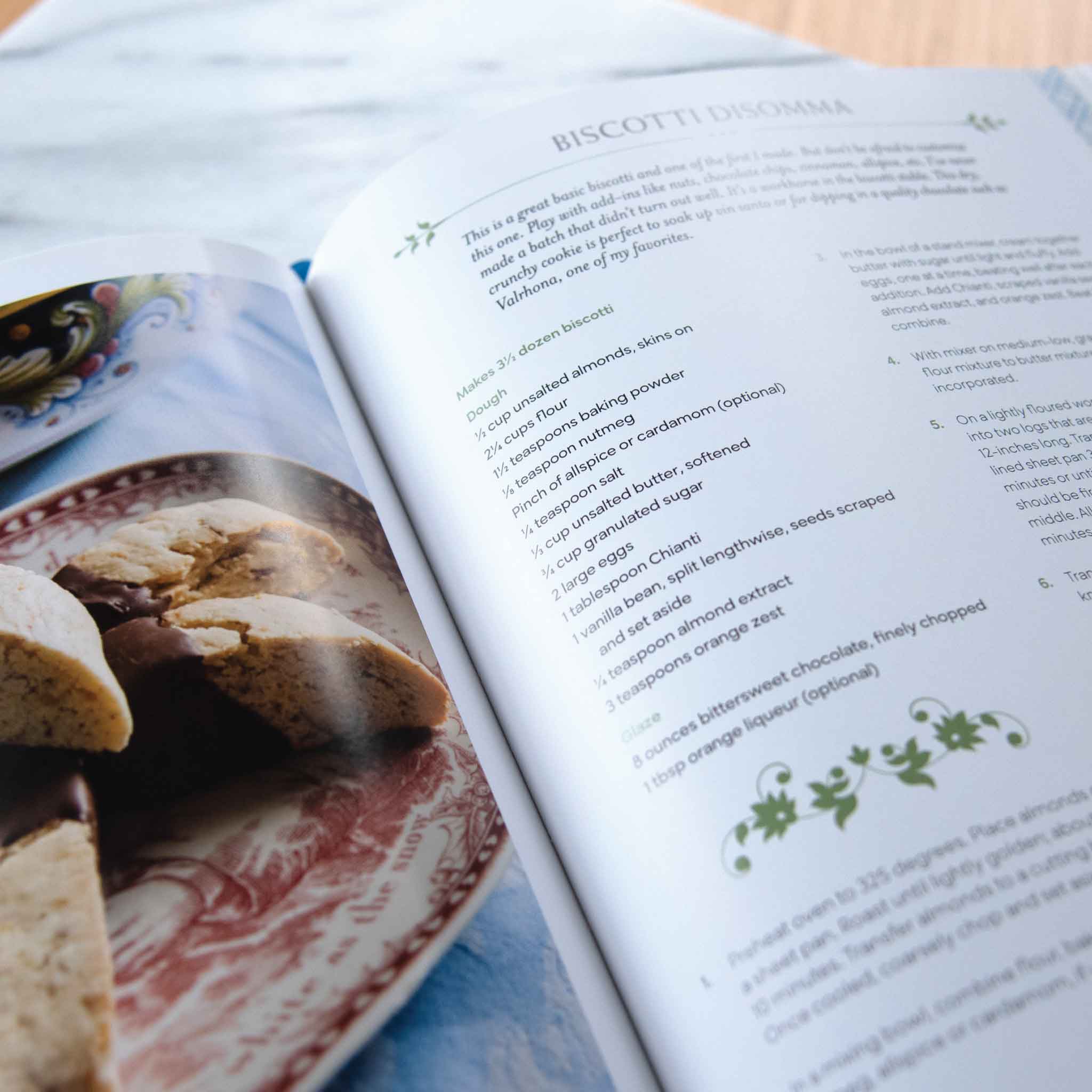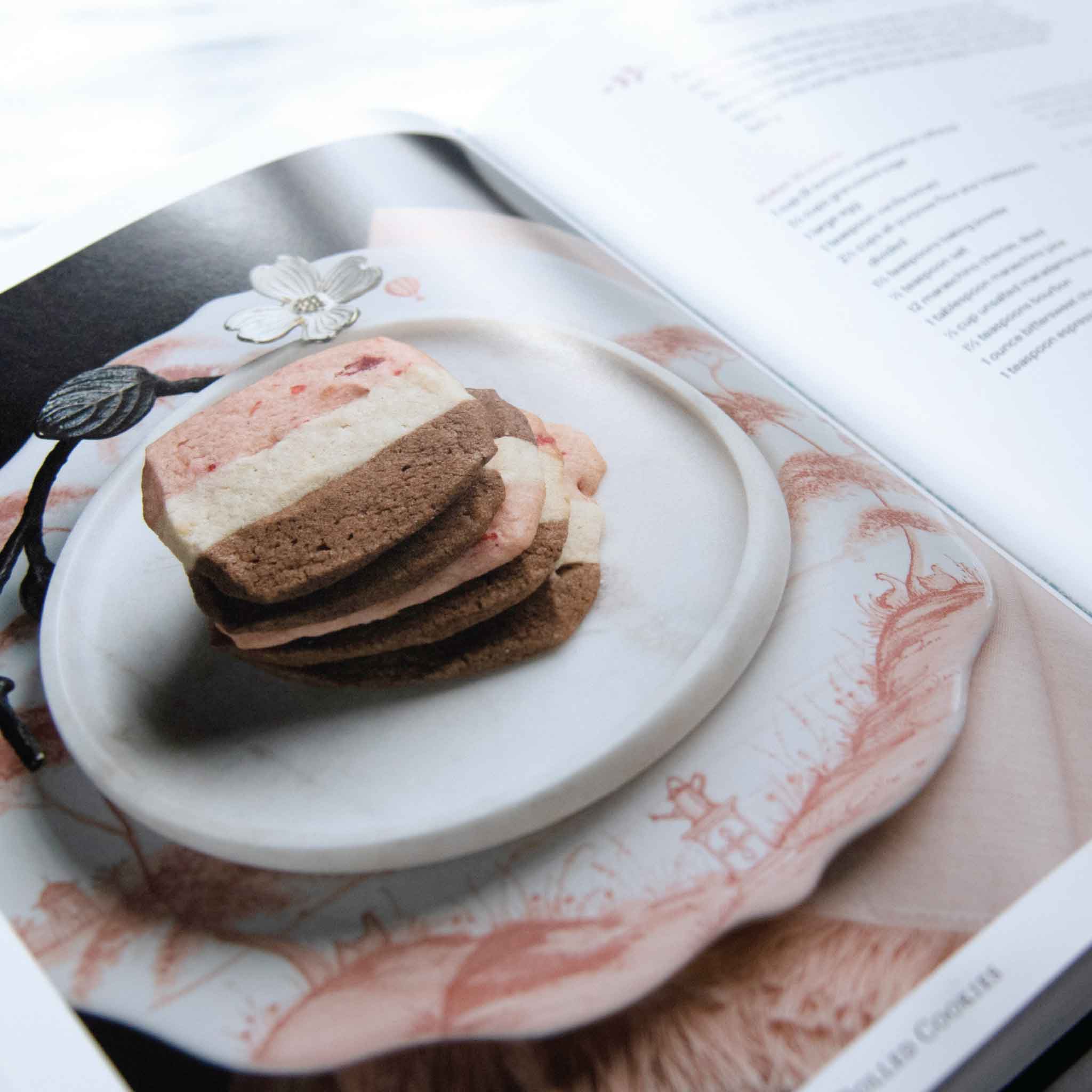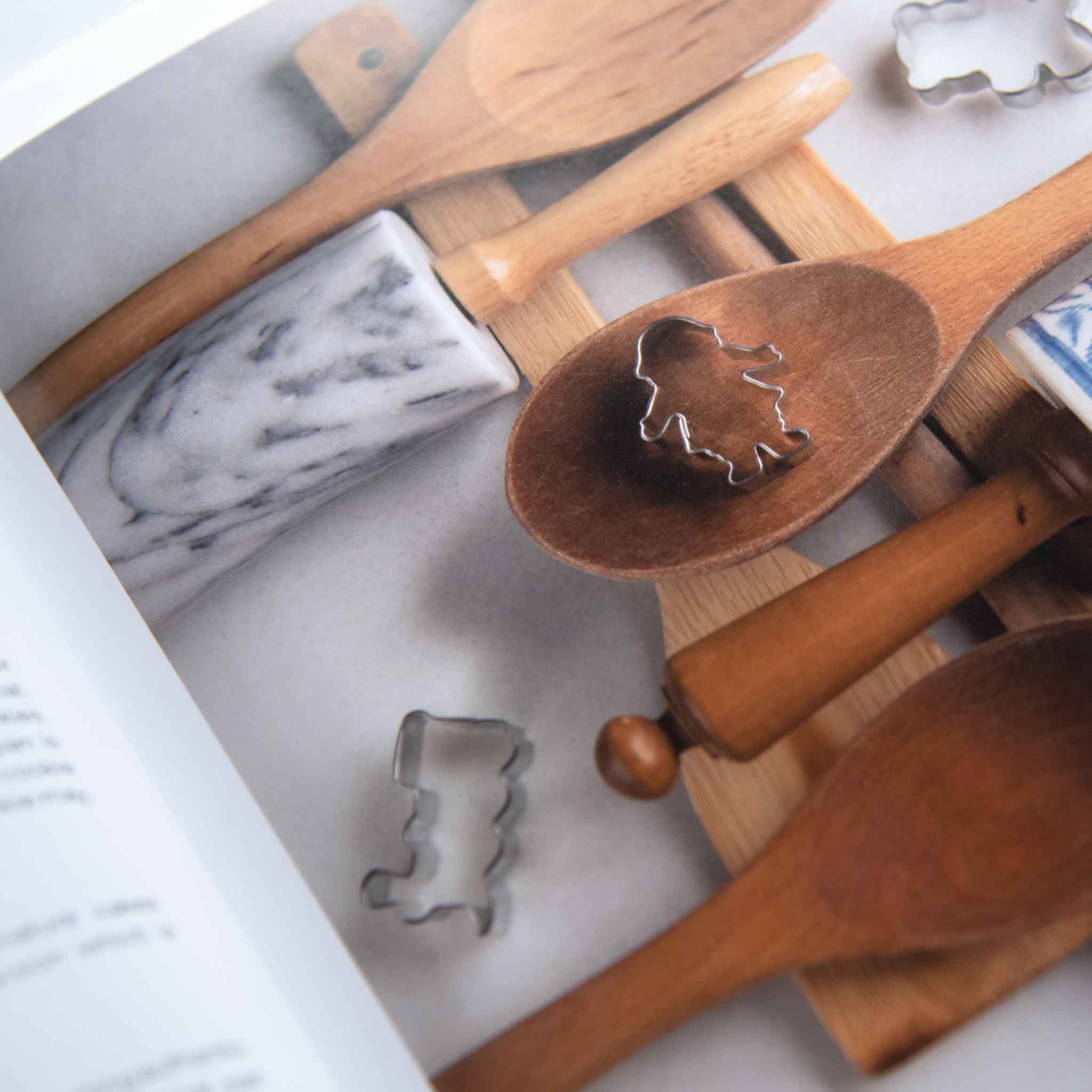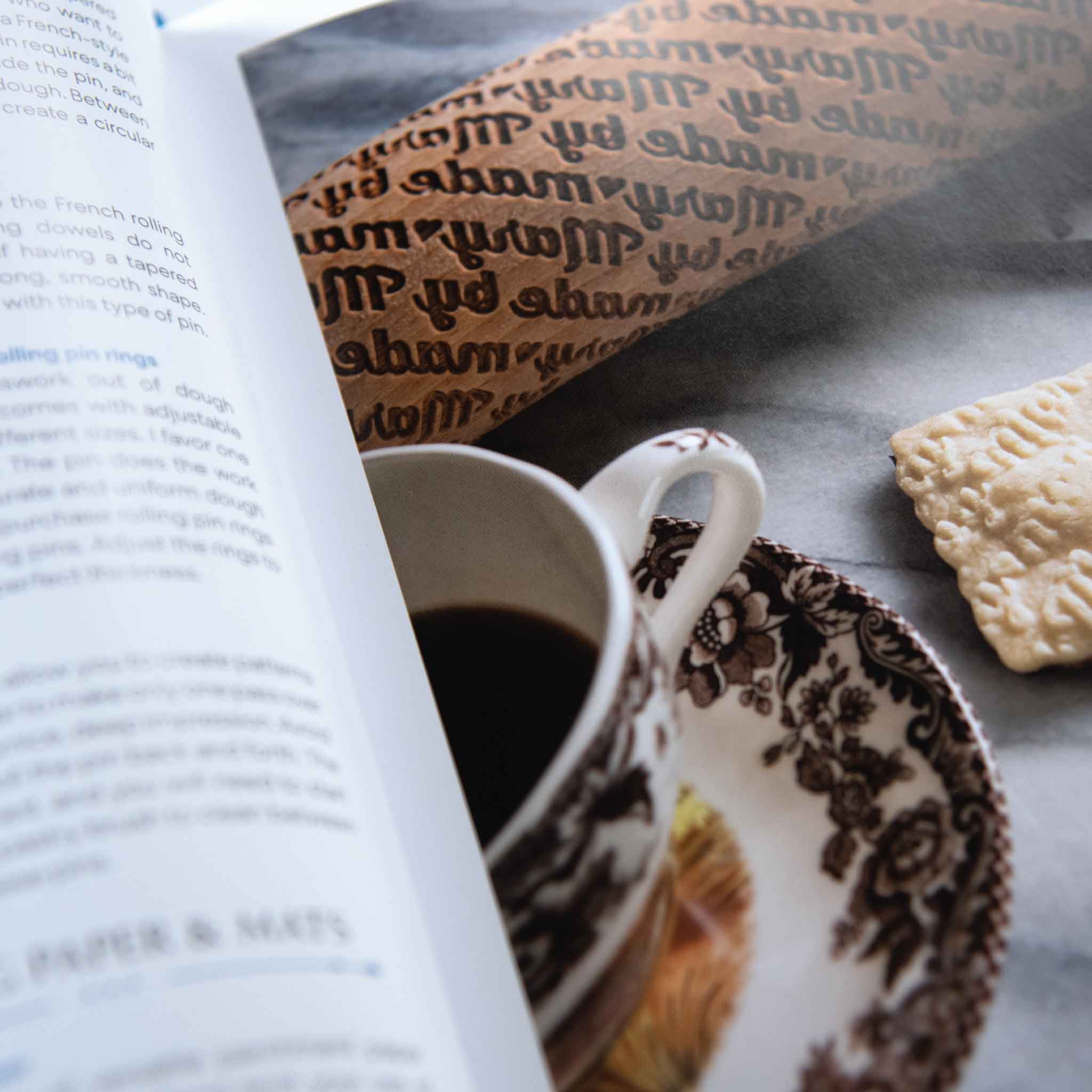Both of these soft, fresh cheeses hail from Italy and can be made from either cow’s or water buffalo’s milk. They’re both mild in flavor and best enjoyed fresh. While mozzarella is known for its slight firmness, elasticity, and melt-ability, burrata offers a more luxurious experience.

So what’s the difference between mozzarella and burrata?
Mozzarella and burrata might look alike, but slicing into burrata reveals its true essence. This cheese is basically mozzarella's more indulgent cousin. At first glance, burrata looks like a simple ball of fresh mozzarella, but the inside of a ball of burrata offers an unexpected surprise!
Cut into it and you'll be greeted by creamy “stracciatella,” a mixture of stringy mozzarella curds and cream. It’s this creamy core that gives burrata its distinctly buttery flavor and texture. Because of the stracciatella, the inside of a burrata is softer and creamier than fresh mozzarella. It also makes the cheese extremely spreadable, a perfect pair for a slice of toasted bread.
Buying and Storing Fresh Mozzarella and Burrata
Fresh mozzarella and burrata both have very high moisture contents and are best used as soon as they are purchased. You will most likely find either cleese in a small container filled with brine to keep the cheese nice and soft. Stored in the brine and kept in the refrigerator, the cheese can be kept for about 1 week. The cheese should have a “use by” date on the packaging—make sure to check it out before you buy.
For the best flavor, take the mozzarella or burrata out of the refrigerator and remove it from the brine about 30 minutes before serving. Your cheese will be more flavorful when it is served at room temperature, especially if you are combining it with other ingredients.









